Date
Feature slide
Headline
Passage to Change in India
Slide text
In 2014, UNFPA launched Action for Adolescent Girls (AAG), a 12-country initiative aiming to empower some of the world’s most marginalized girls, in partnership with the UN Foundation.
One of its projects is in Udaipur district, India.
One of its projects is in Udaipur district, India.
Photo credit
© UNFPA India/Arvind Jodha
Text orientation
Left
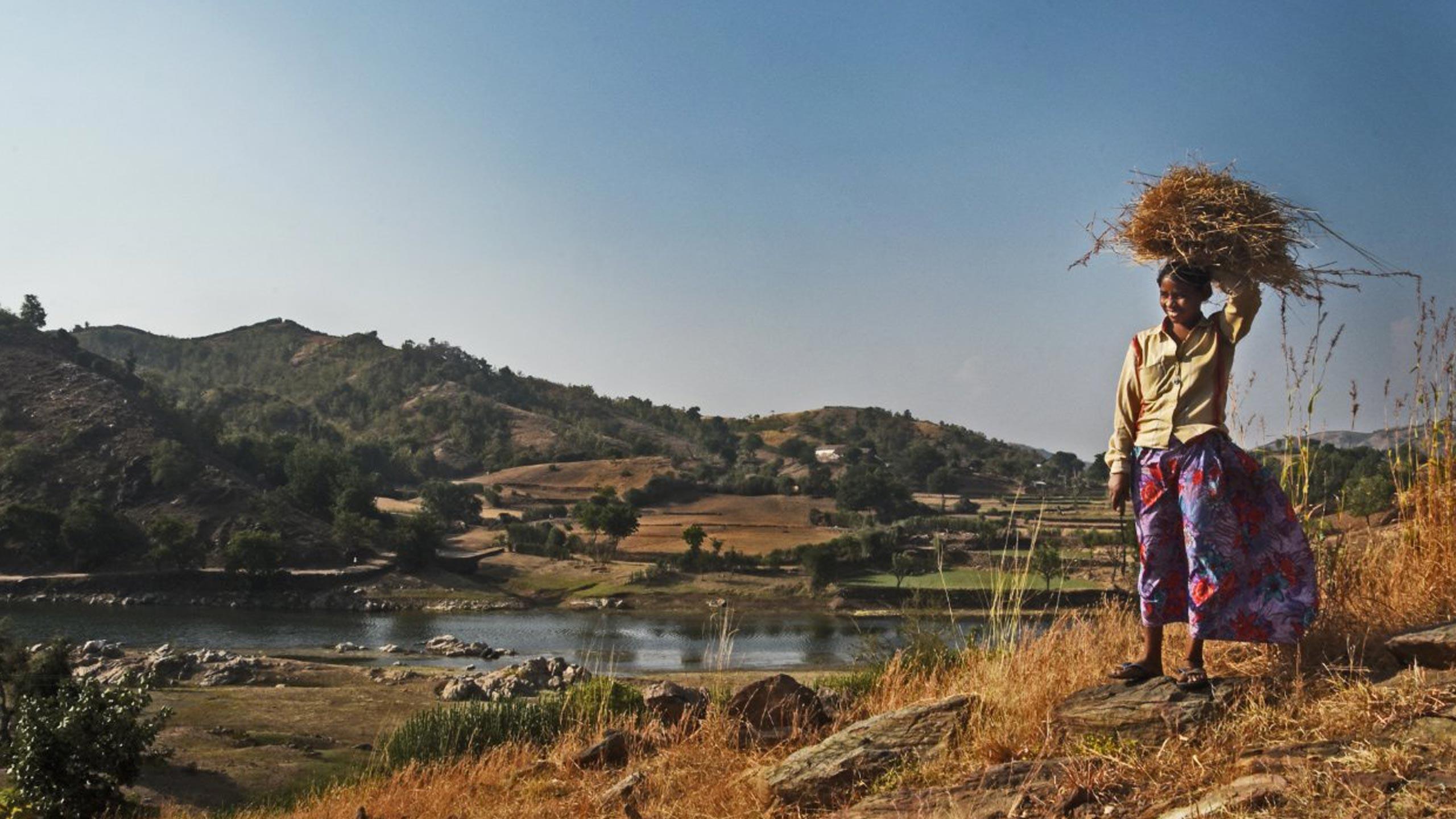
Feature link
Number
1
Sub Title
Empowering girls to stay in school, understand their rights and demand change is a critical component in ending harmful practices against women and girls – from child marriage to gender-based violence.
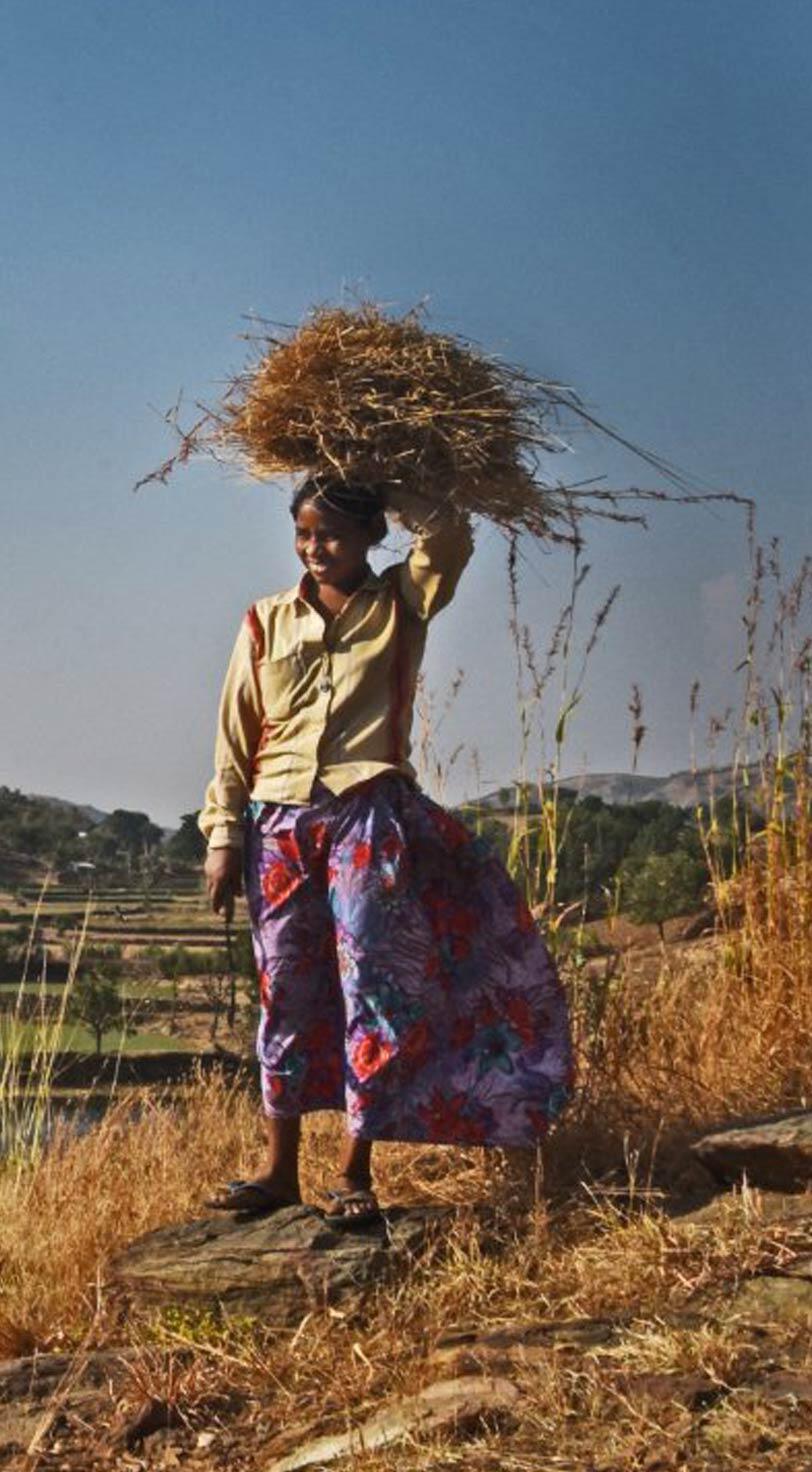
Headline
The city of Udaipur is known for its grand palaces and sparkling lakes.
Slide text
Here, social pressures compel women and girls to live a life of meek submission, and 56 per cent of girls in the region’s rural areas are married before age 18.
Photo credit
© UNFPA India/Arvind Jodha
Text orientation
Right
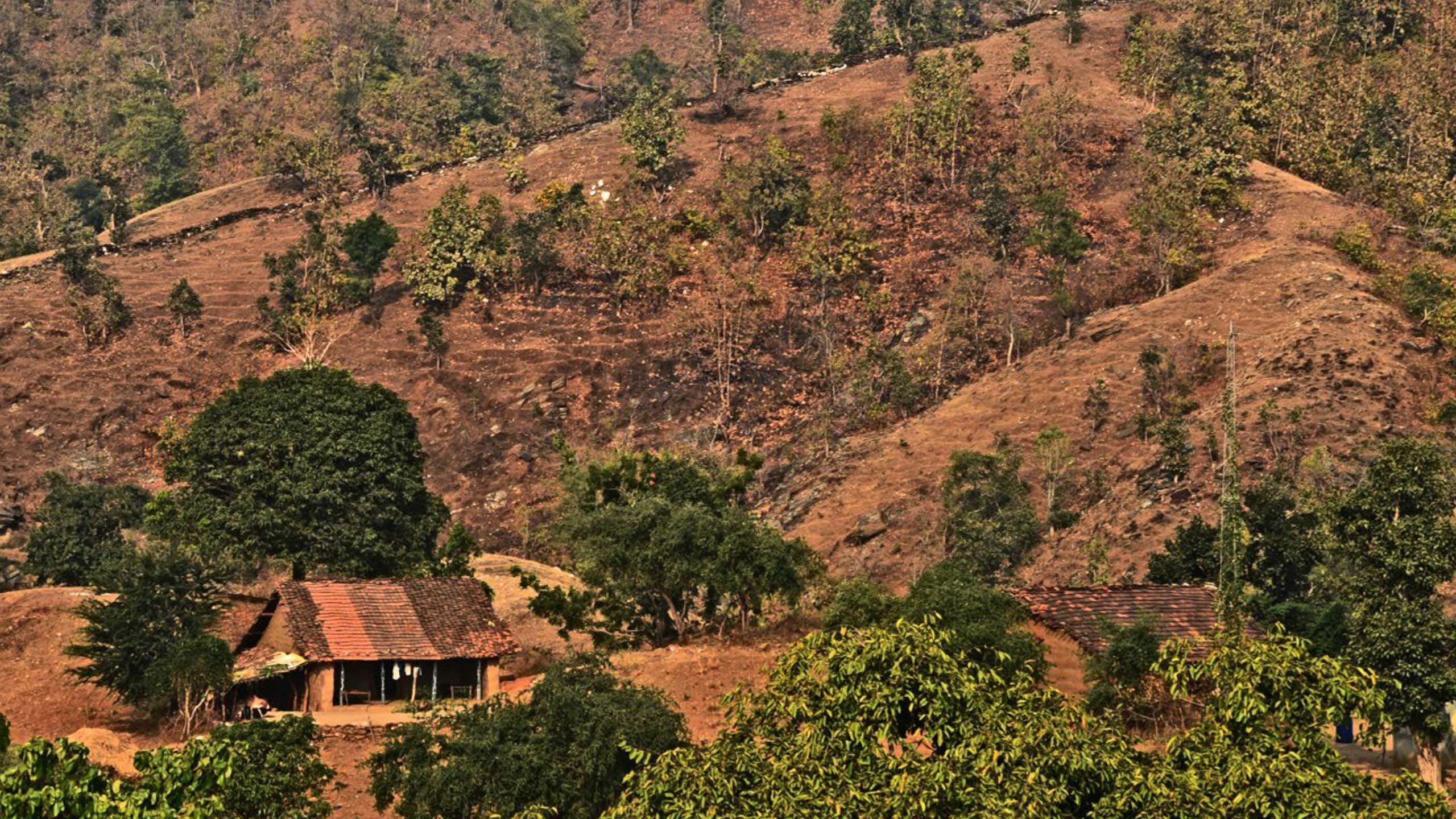
Feature link
Number
2
Sub Title
But in the outlying tribal villages, the picture is strikingly different.
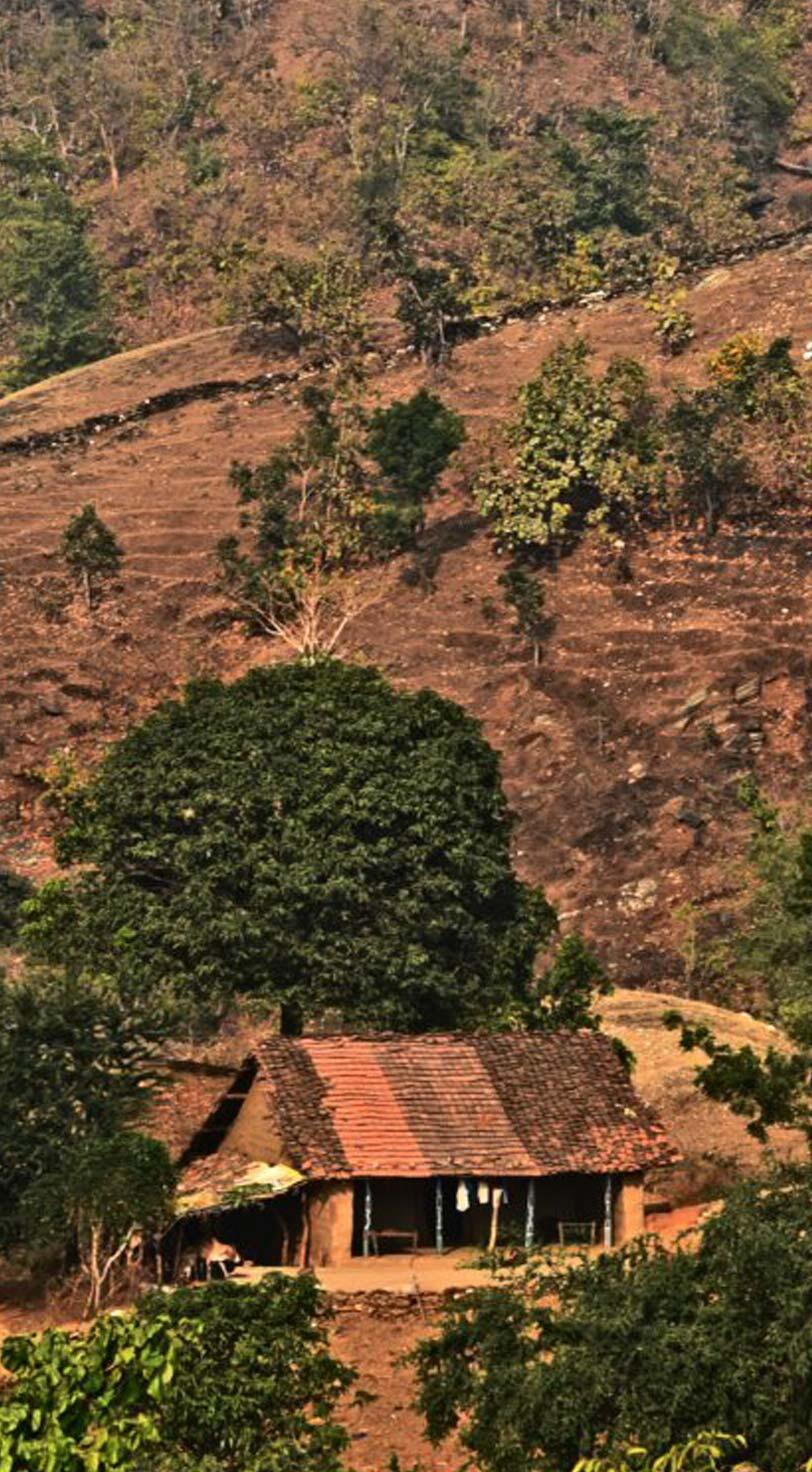
Headline
Sugna
Slide text
She spends her days gathering firewood, fetching water, cooking and grazing the family’s lone goat, only to collapse at dusk, then get up again at dawn to repeat her gruelling routine.
Photo credit
© UNFPA India/Arvind Jodha
Text orientation
Left
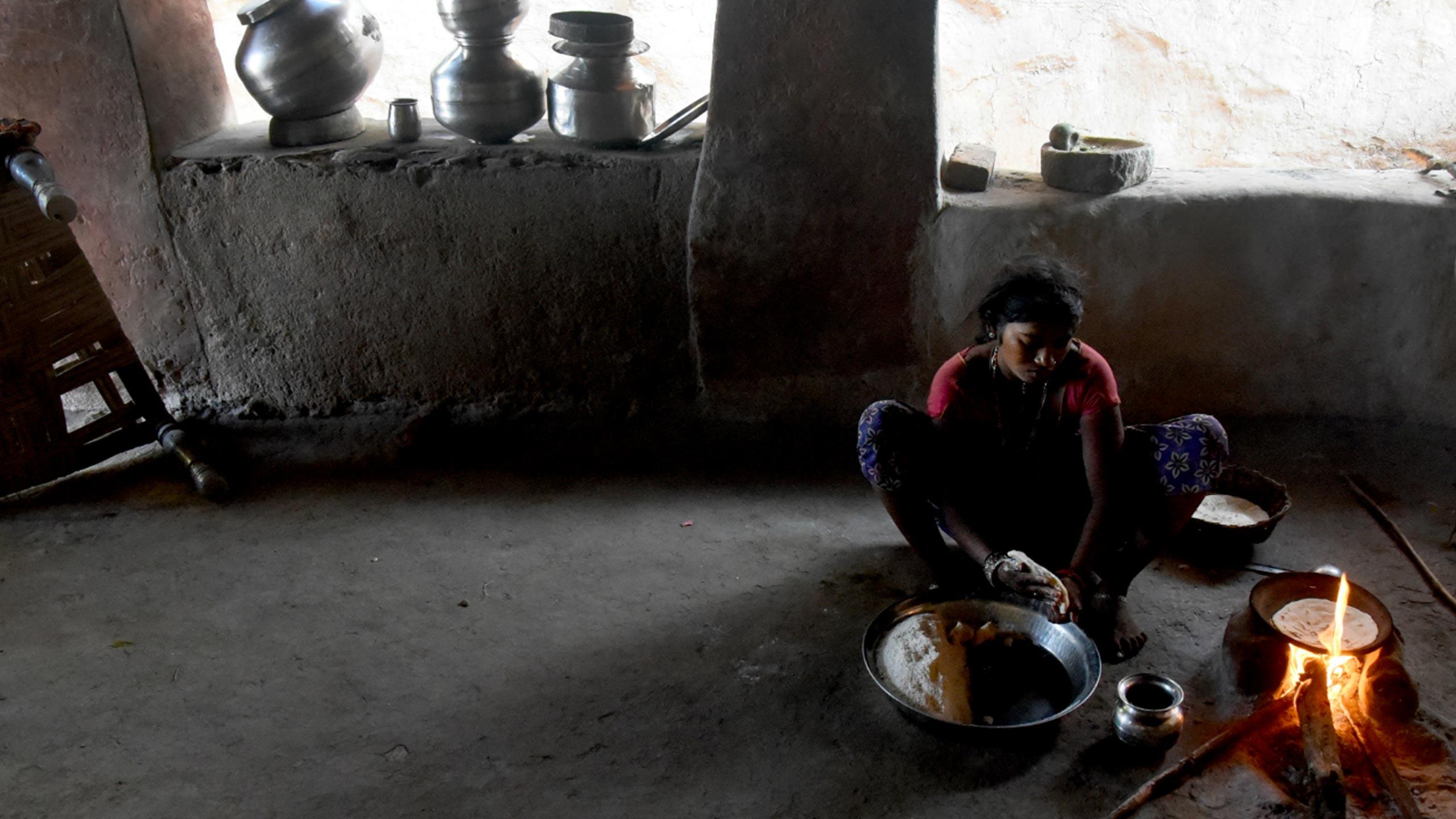
Feature link
Number
3
Sub Title
Sugna was taught that girls her age were born to toil from dawn to dusk, like her mother and grandmother before her – not to go to school.
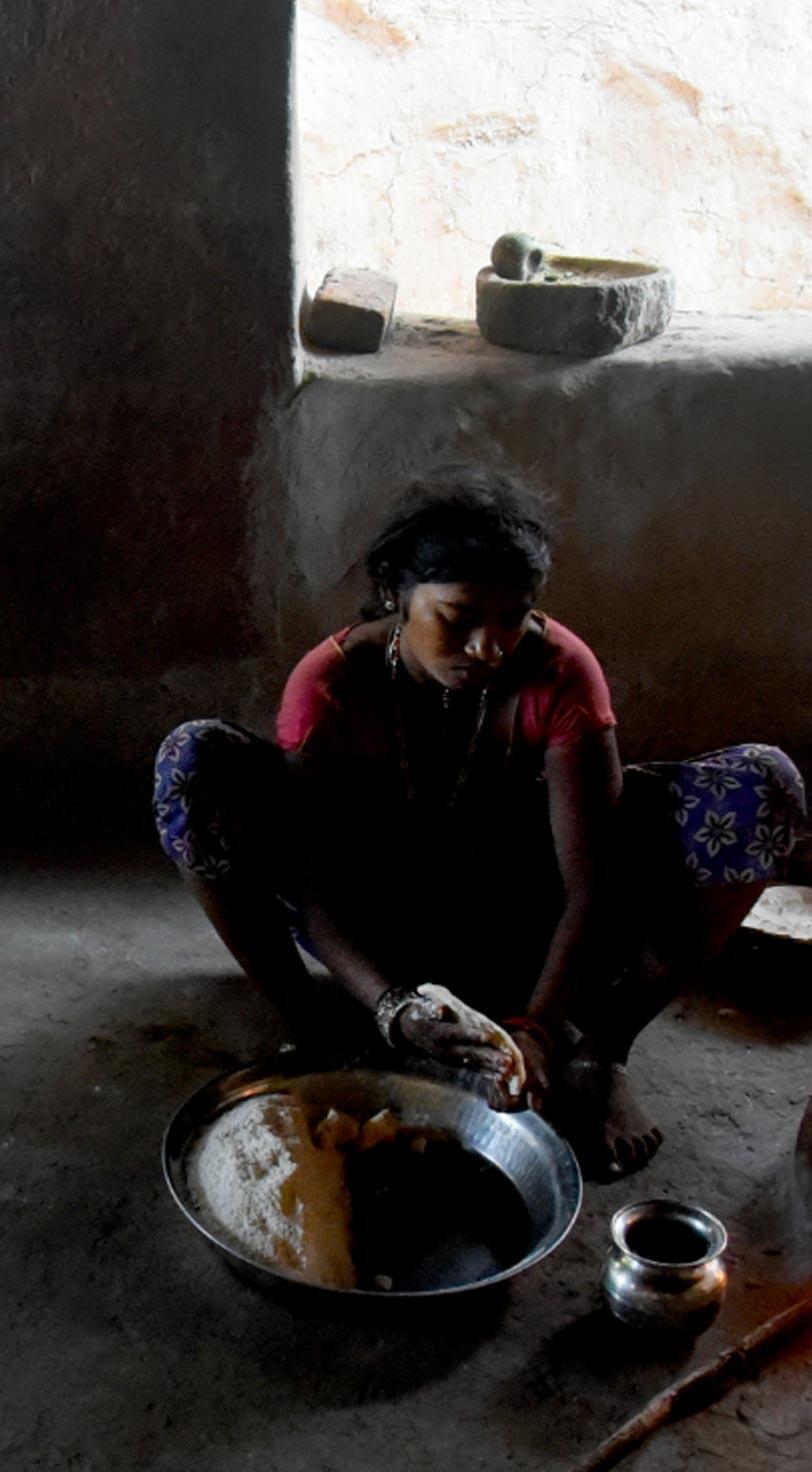
Headline
Badri
Slide text
But finding time for the long walk is never easy. Most of the time she has no option except to bath at the community well – with the whole village staring. This situation grows increasing awkward, and even dangerous, as unmarried girls reach adolescence.
Photo credit
© UNFPA India/Arvind Jodha
Text orientation
Right
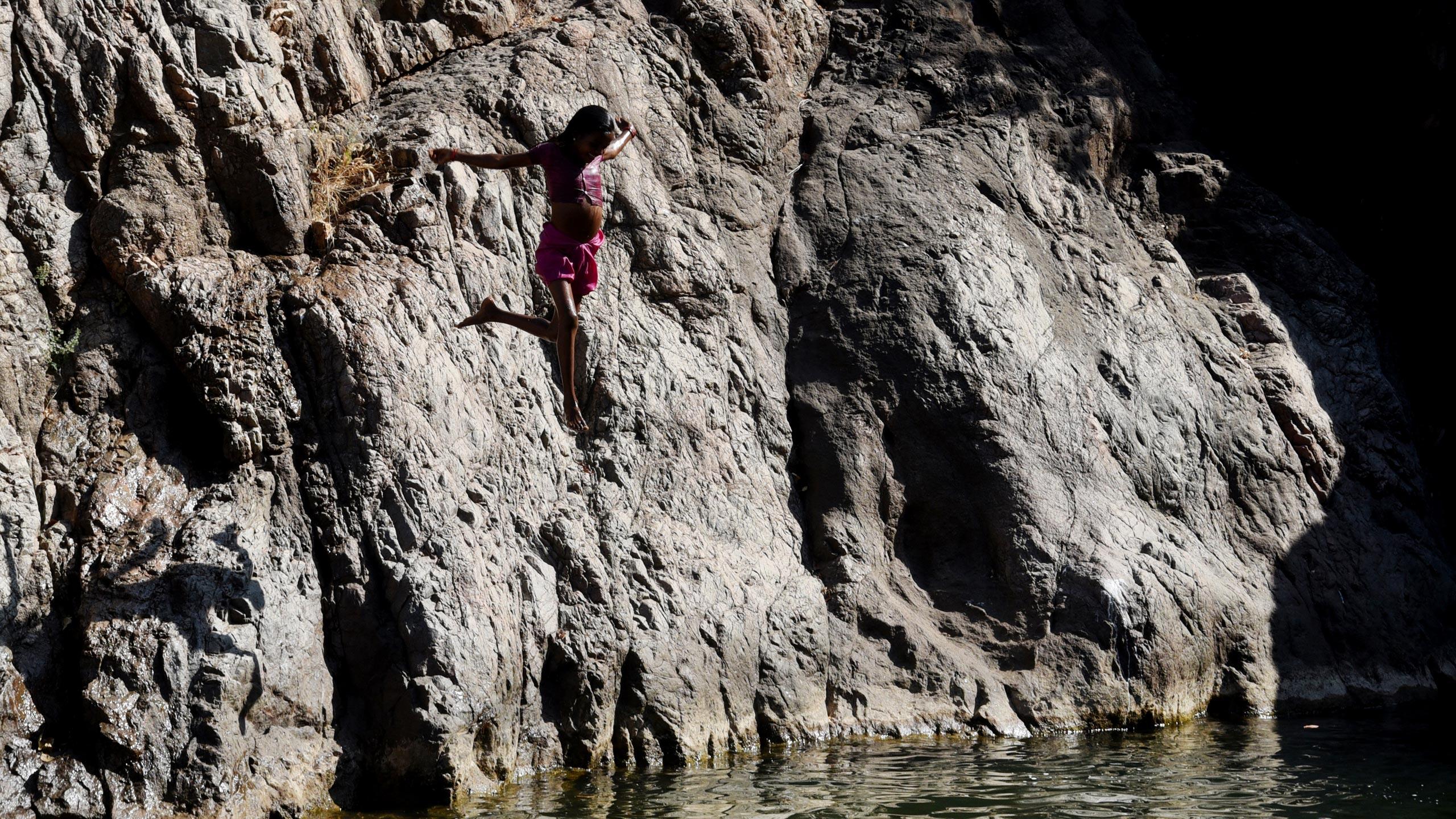
Feature link
Number
4
Sub Title
Badri is lucky. Six kilometres from her village is a pond that fills with rain water four months out of every year.
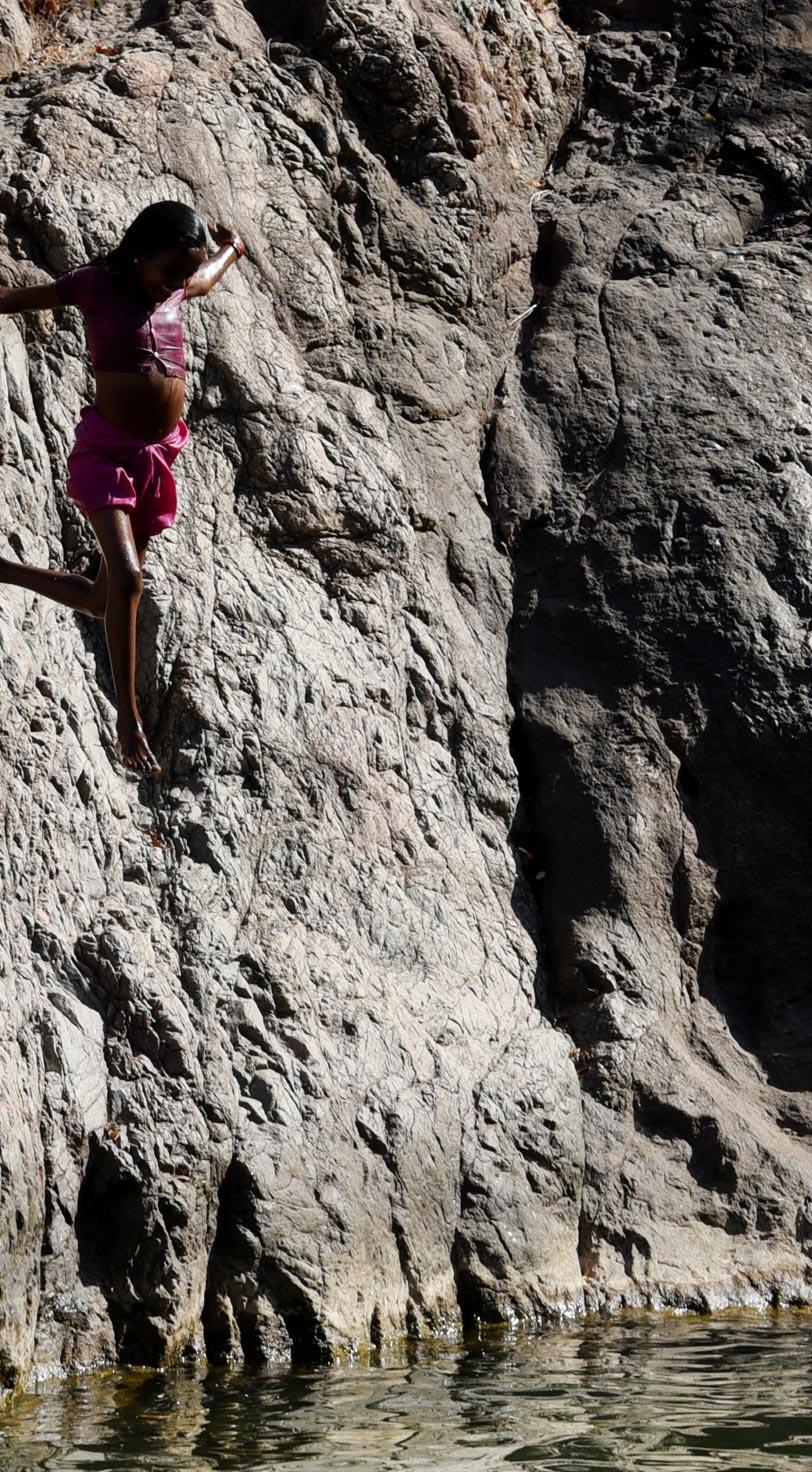
Headline
The Kishori Clubs
Photo credit
© UNFPA India/Arvind Jodha
Text orientation
Right
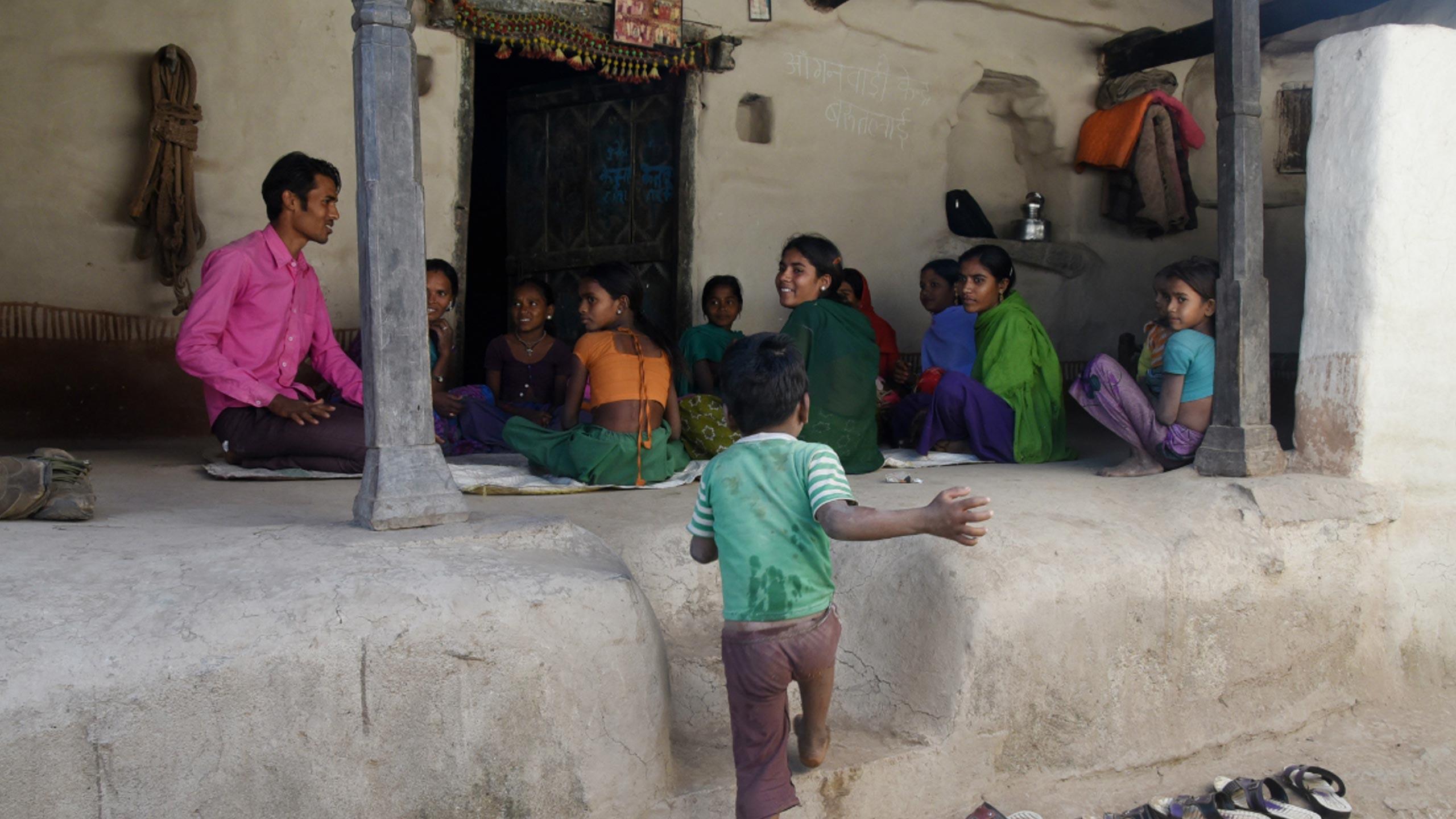
Feature link
Number
5
Sub Title
In an effort to transform the futures of girls like Sugna and Badri, AAG started local Kishori Clubs for adolescent girls in 611 community centres across hundreds of tribal villages in Udaipur district.
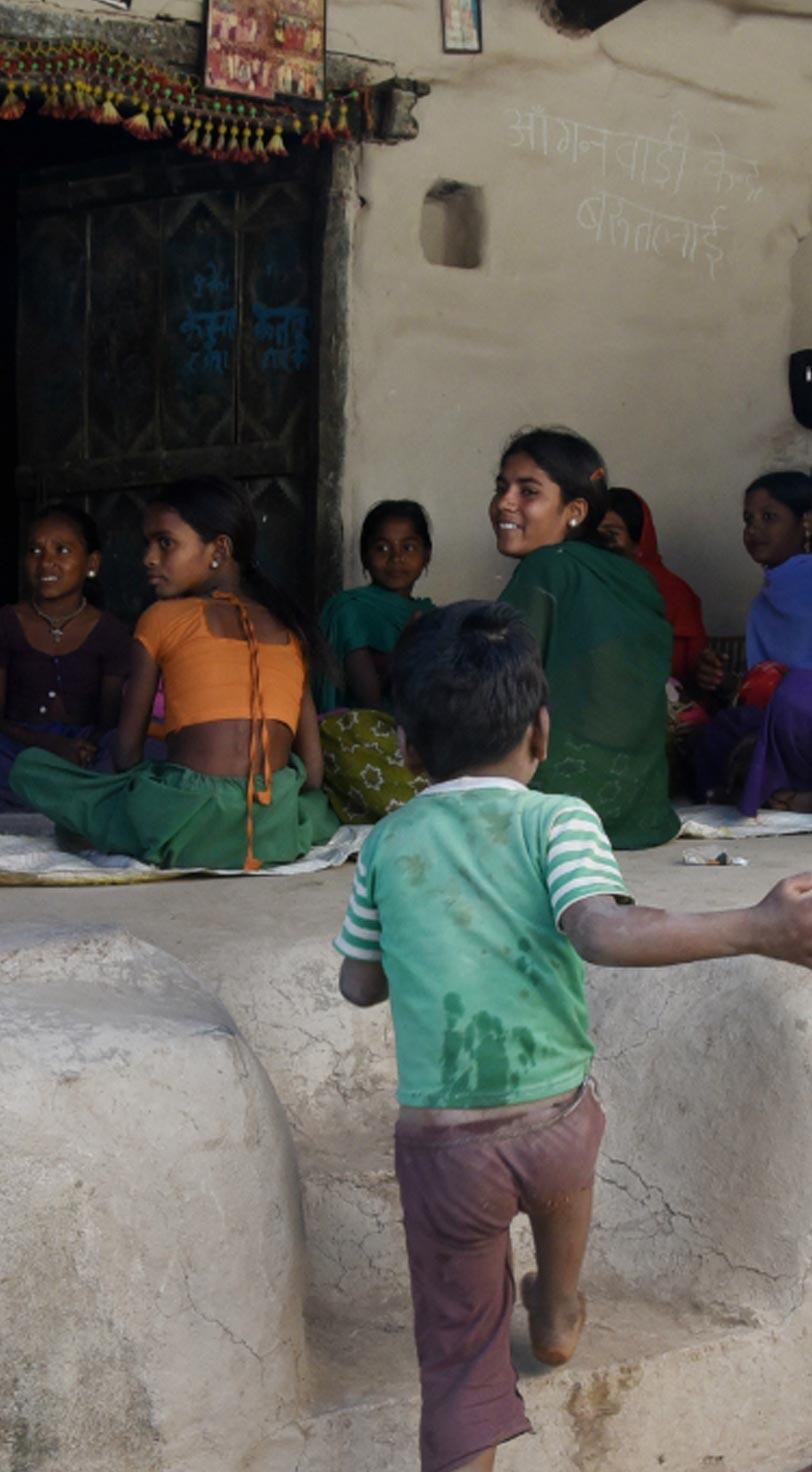
Headline
Girls travel from thousands of hamlets to attend the bi-weekly Kishori meetings.
Slide text
But before the girls can attend the meetings, outreach workers have to earn the support of local authorities.
Photo credit
© UNFPA India/Arvind Jodha
Text orientation
Left
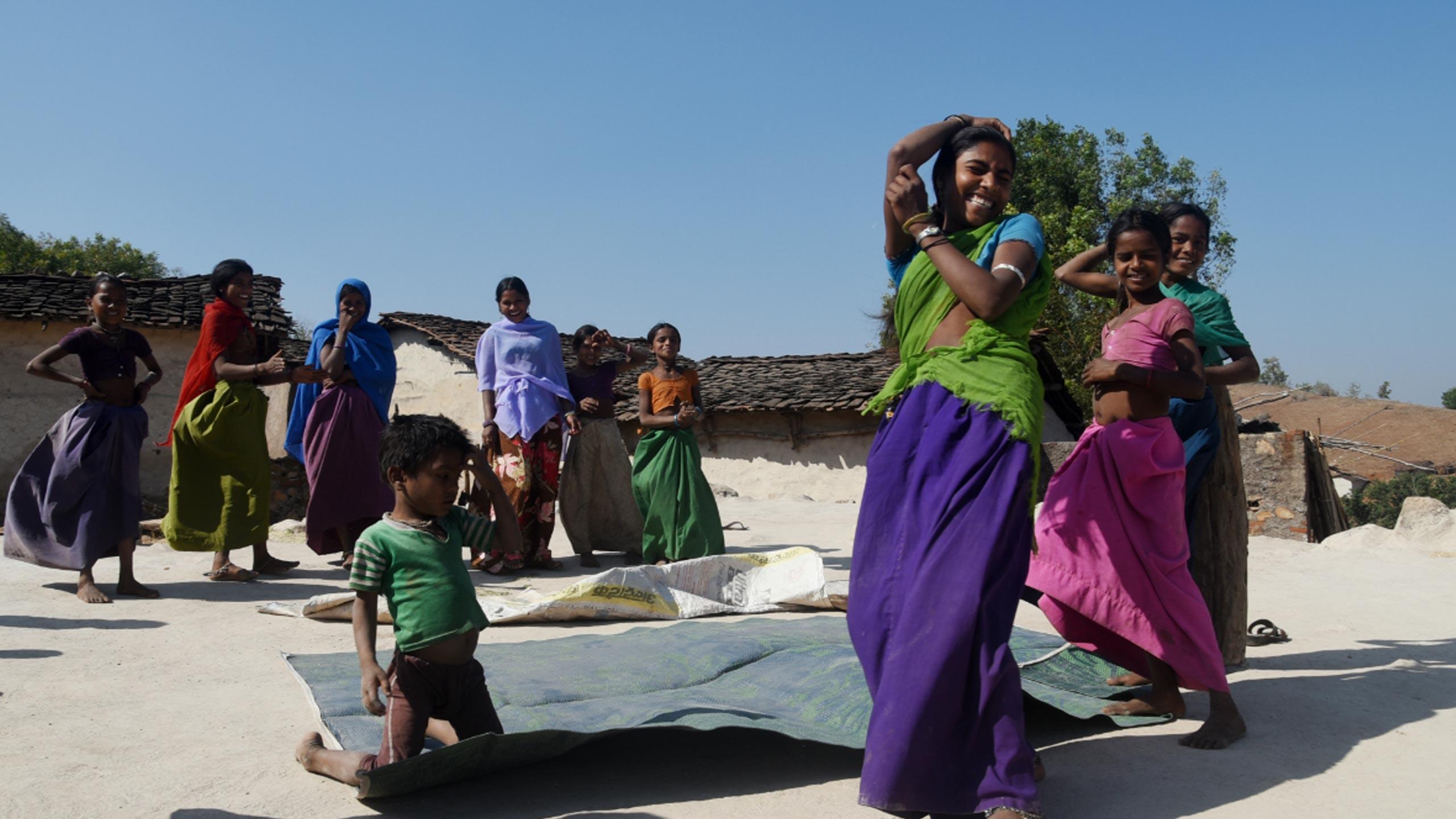
Feature link
Number
6
Sub Title
They play fun, community-building games and learn about self-esteem, human rights and sexual and reproductive health, among other issues.
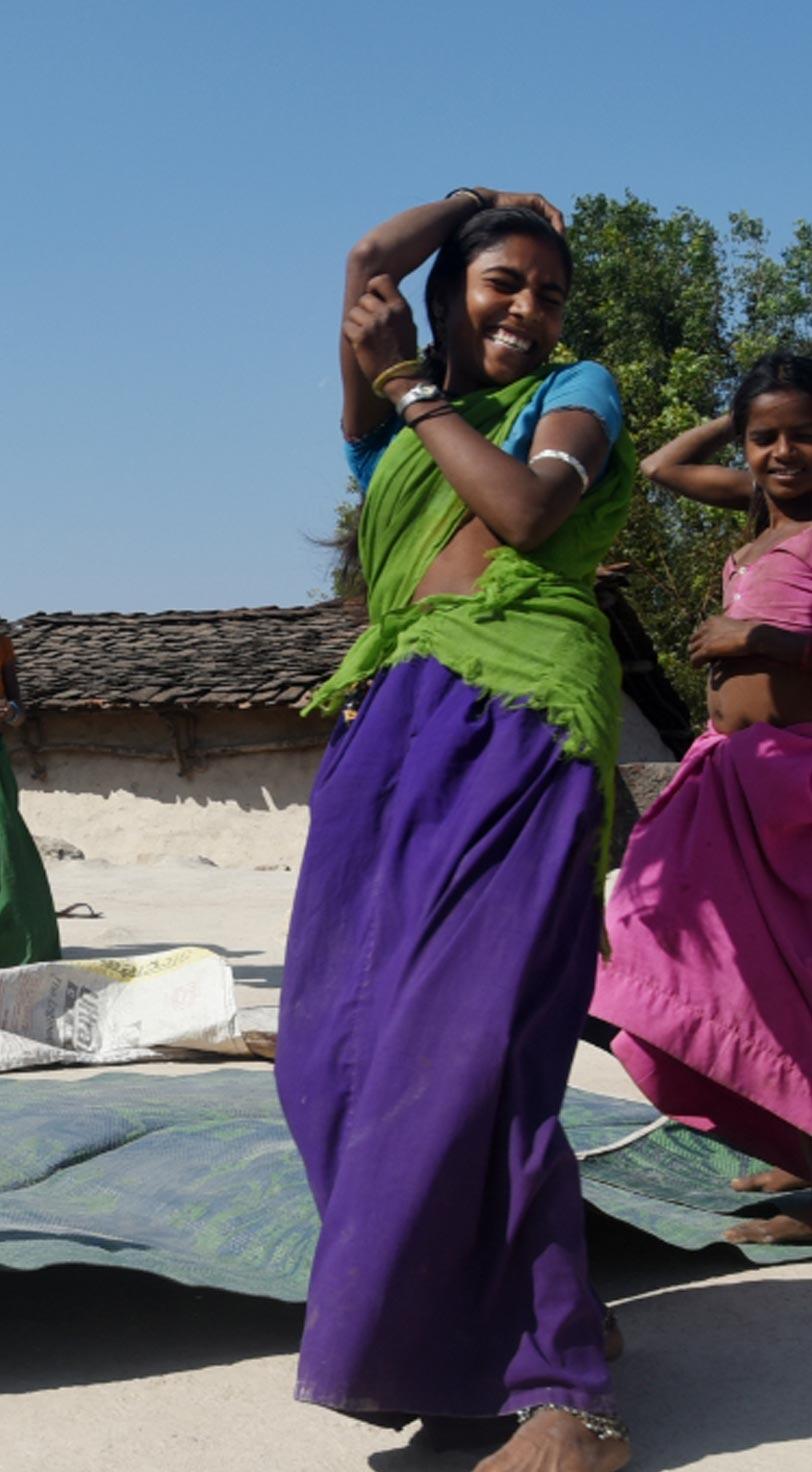
Headline
Ritu Devi
Slide text
And she is just one of a team of over 600 women volunteering to change the future of the district’s girls.
Photo credit
© UNFPA India/Arvind Jodha
Text orientation
Left
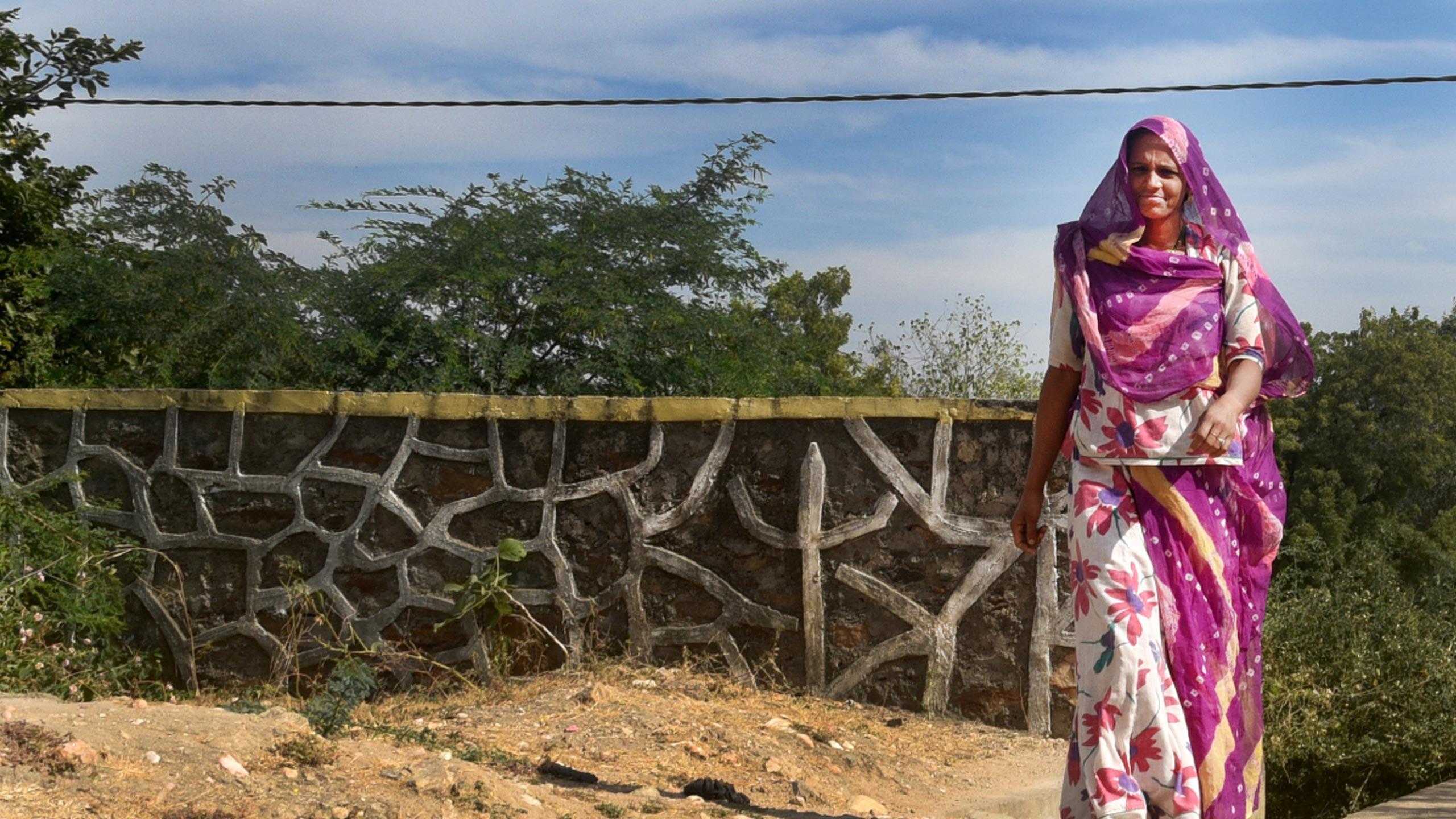
Feature link
Number
6
Sub Title
Ritu Devi is an outreach worker from Lapda village. She travels to villages as far as 60 kilometres away to invite girls to attend the Kishori meetings – often on foot.
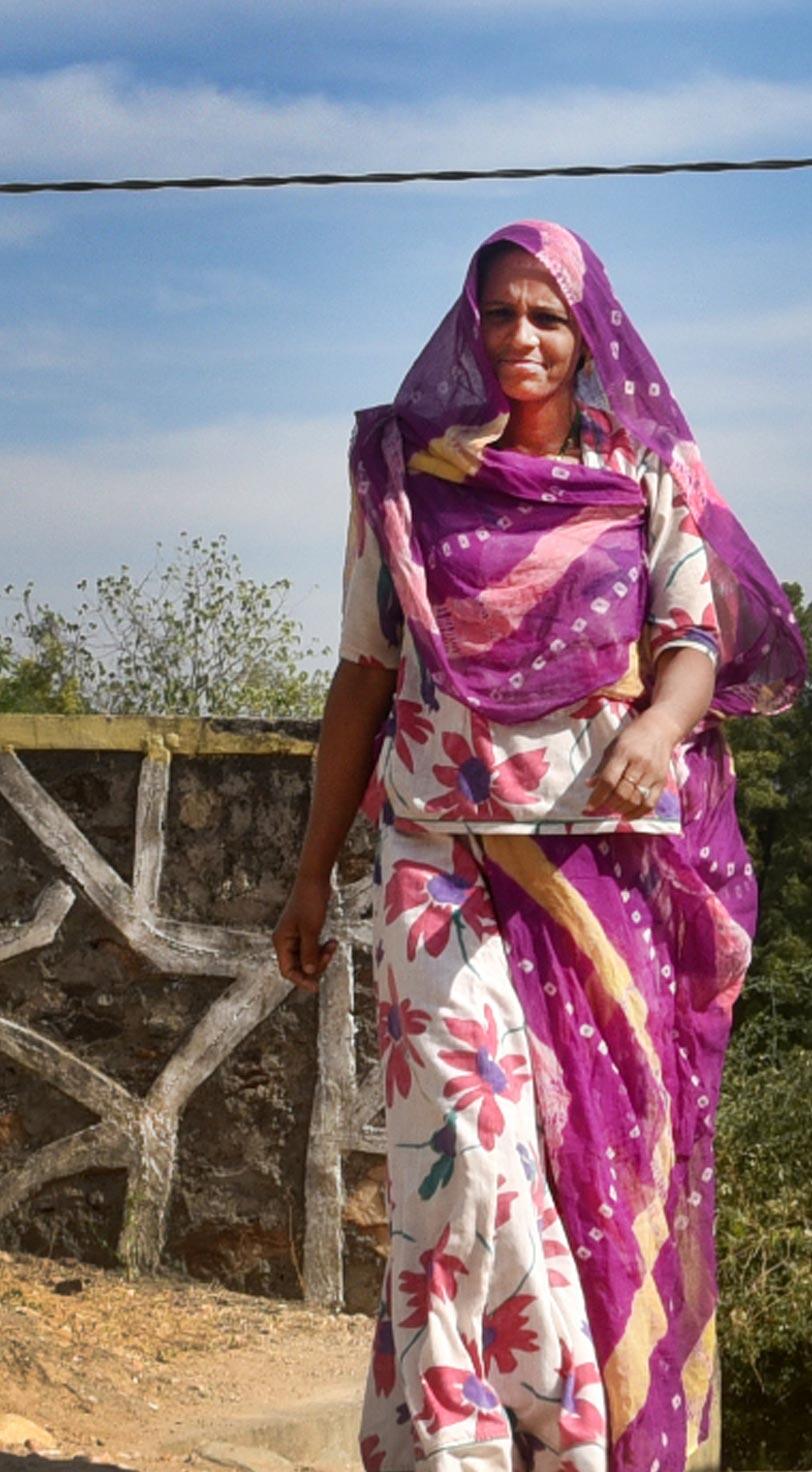
Headline
Rama Meena
Slide text
But the local outreach worker kept chipping away at his resistance.
Photo credit
© UNFPA India/Arvind Jodha
Text orientation
Left
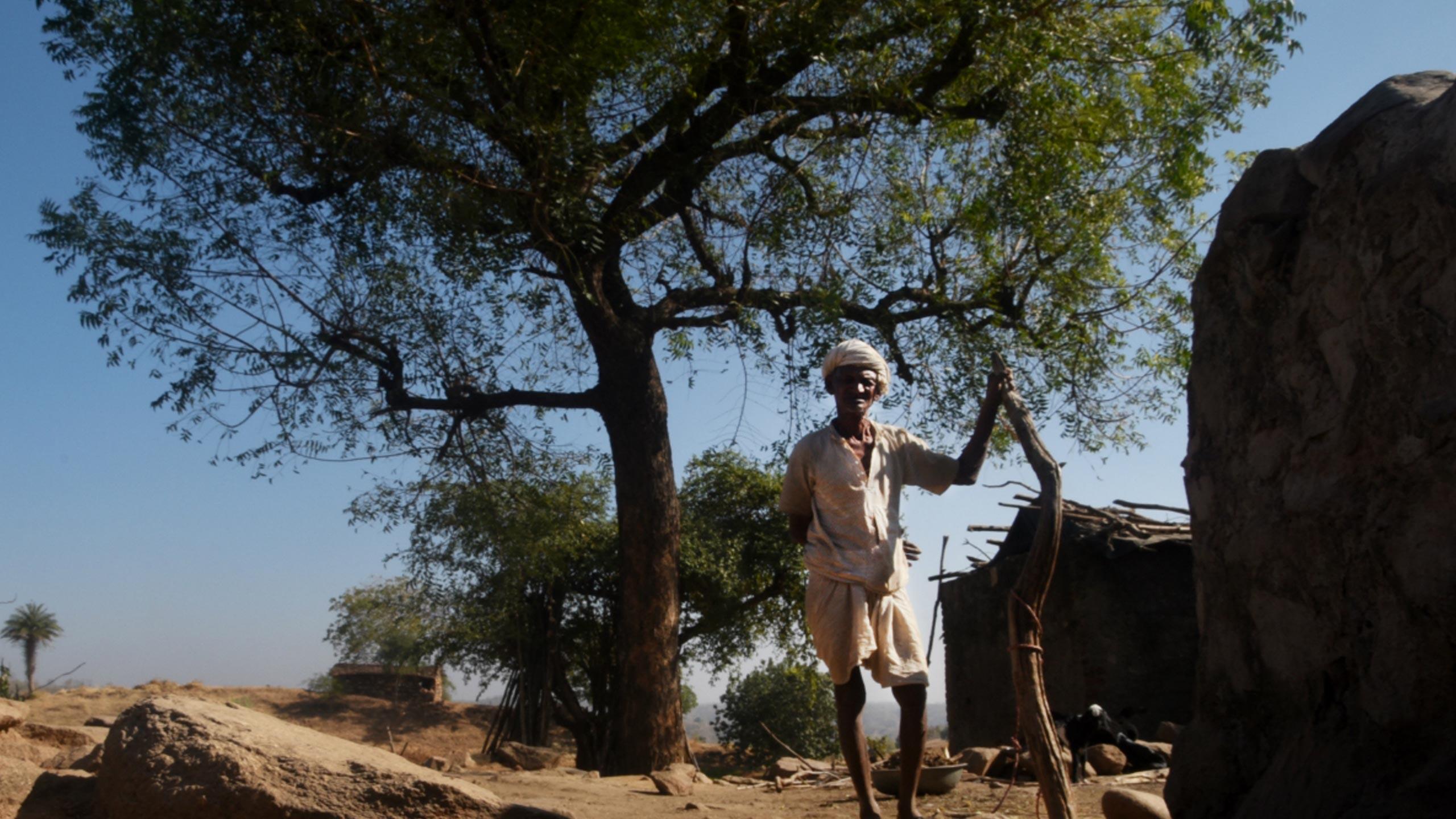
Feature link
Number
7
Sub Title
Like most village elders, Rama Meena was a strong believer in the local tradition of keeping adolescent girls monitored and confined.
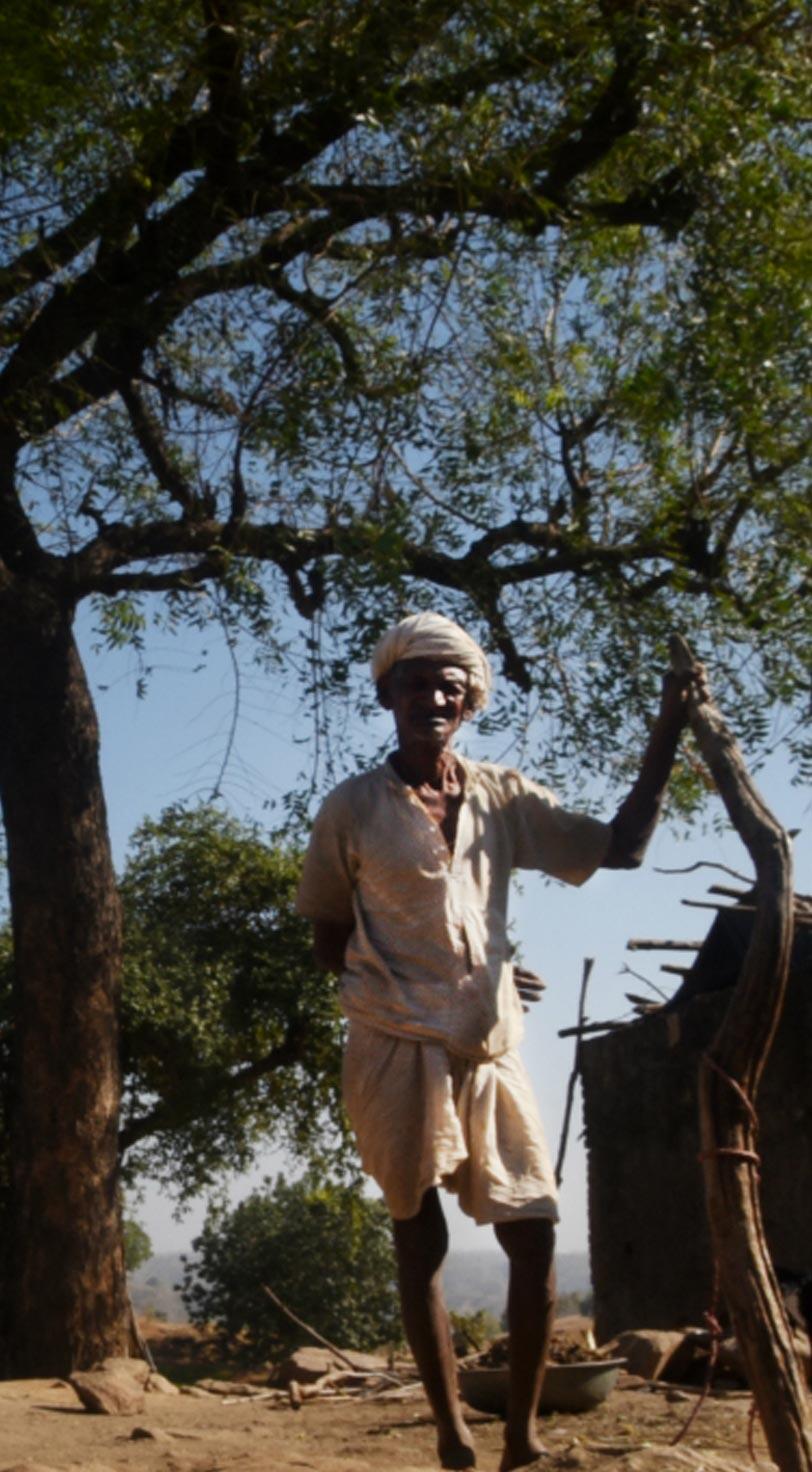
Headline
Spreading the word
Photo credit
© UNFPA India/Arvind Jodha
Text orientation
Left
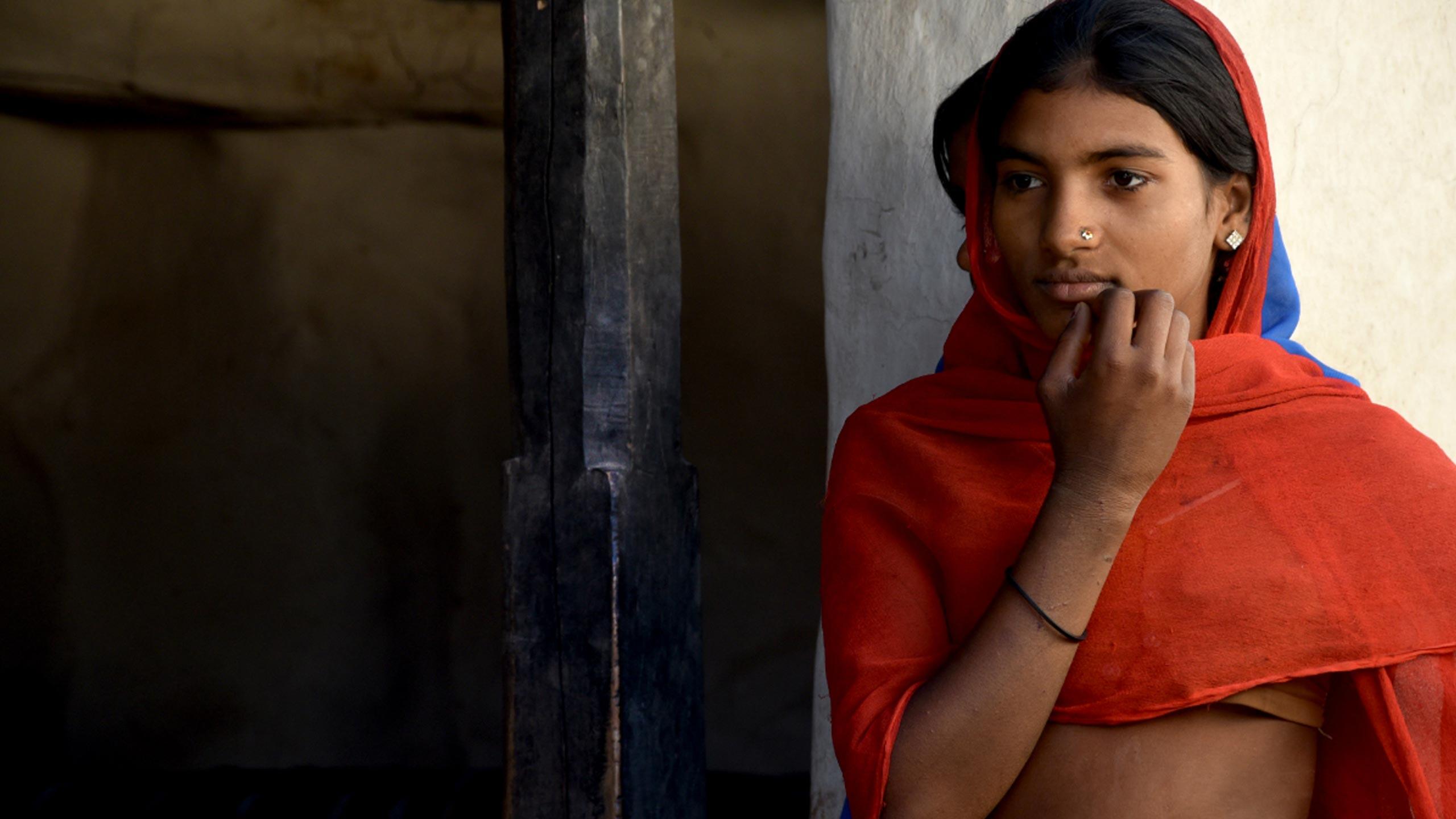
Feature link
Number
8
Sub Title
Now, when you speak to Rama Meena he is bubbling with stories about how his granddaughter is convincing other adolescent girls to join the local Kishori Club.
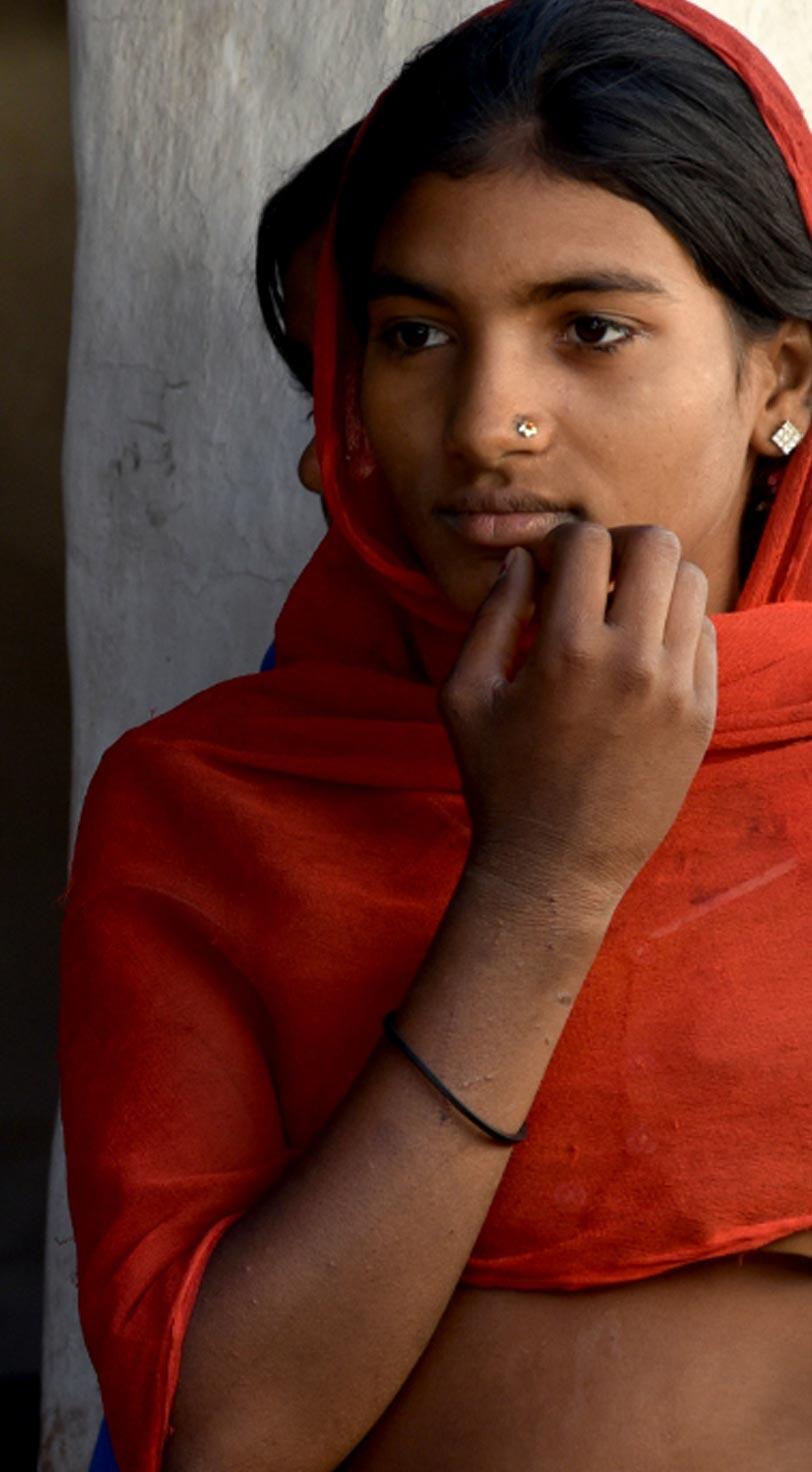
Headline
Engaging men and boys
Slide text
And their support and voices have proven extremely effective in sparking acceptance of the Kishoris. And of social change.
Photo credit
© UNFPA India/Arvind Jodha
Text orientation
Left
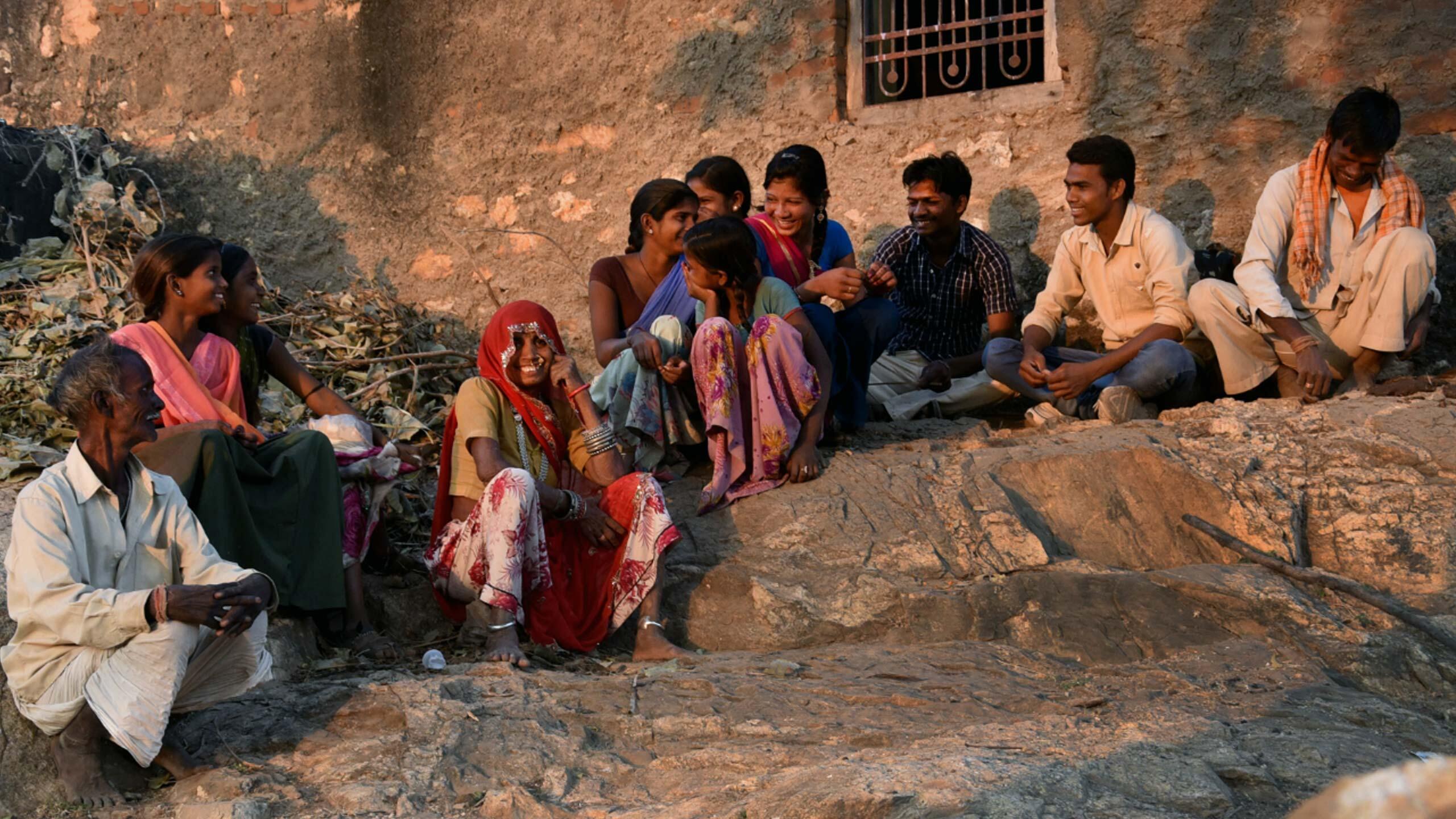
Feature link
Number
9
Sub Title
The girls and outreach workers are also educating young men and boys to advocate on behalf of their sisters, daughters and friends.
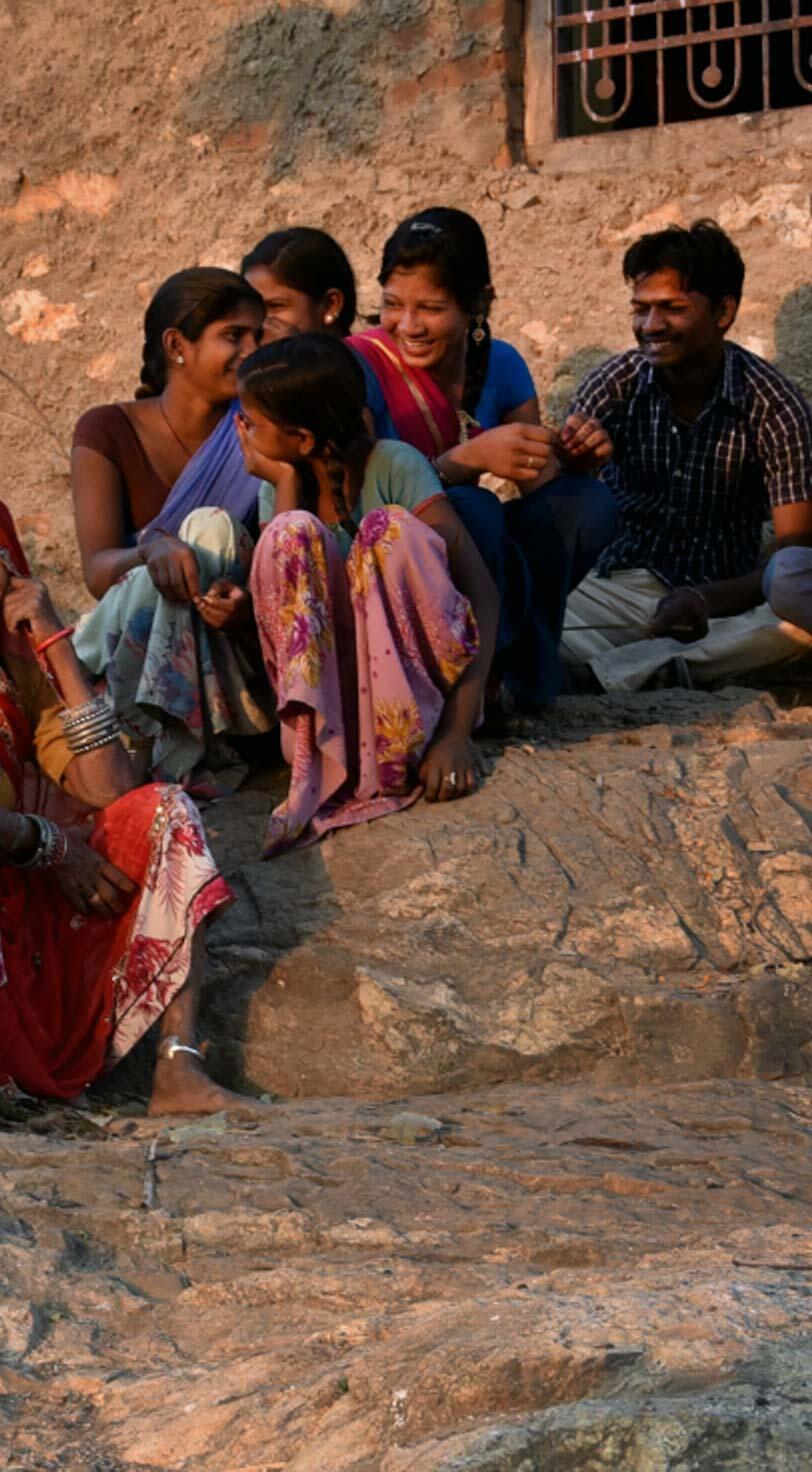
Headline
Mani
Slide text
It took her awhile to convince her parents let her travel to the nearest Kishori Club, which requires crossing a river and takes up most of the day. But now that she has, she never misses a meeting.
Photo credit
© UNFPA India/Arvind Jodha
Text orientation
Right
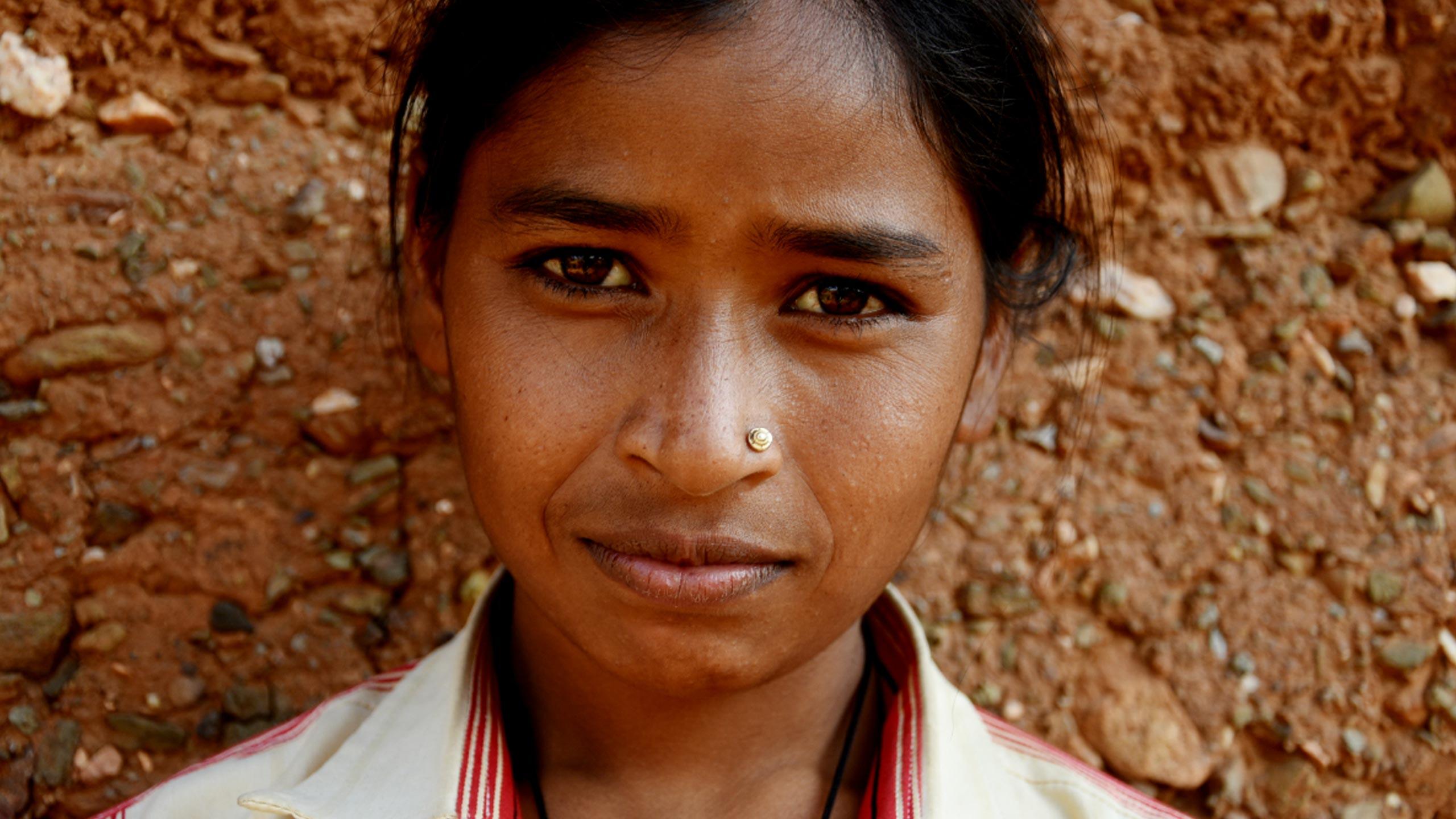
Feature link
Number
10
Sub Title
Mani’s father works in the field all day, and her brother migrated to the city to find work. So Mani spends her days caring for her mother, who is ill.
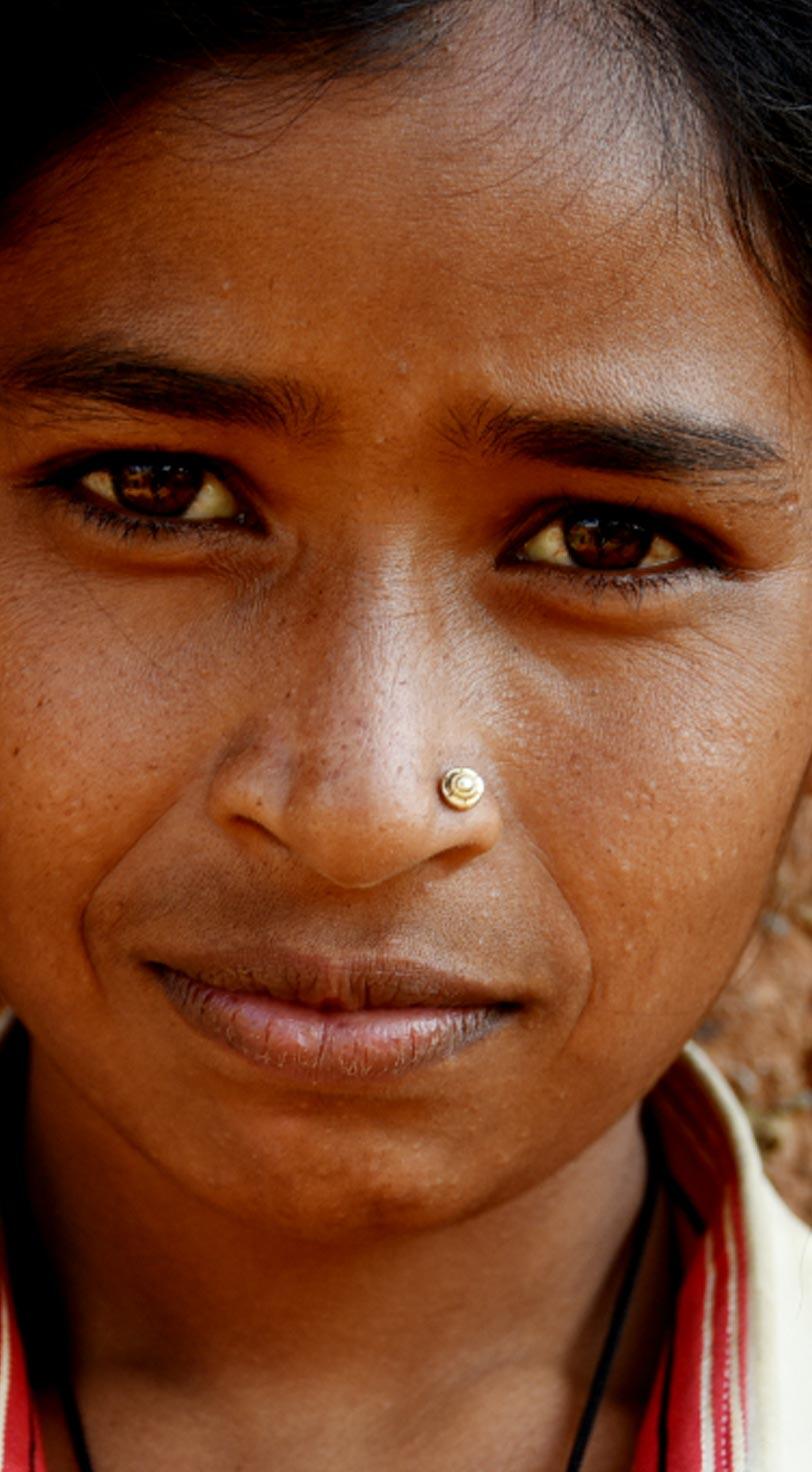
Headline
Kesar
Slide text
And in a hamlet where many adolescent girls are not allowed to step out of their homes, Kesar began zooming around on a scooter – to the amazement of all. Now, every other week, one lucky local girls gets to ride the wind with her as they travel to the nearest Kishori meeting.
Photo credit
© UNFPA India/Arvind Jodha
Text orientation
Left
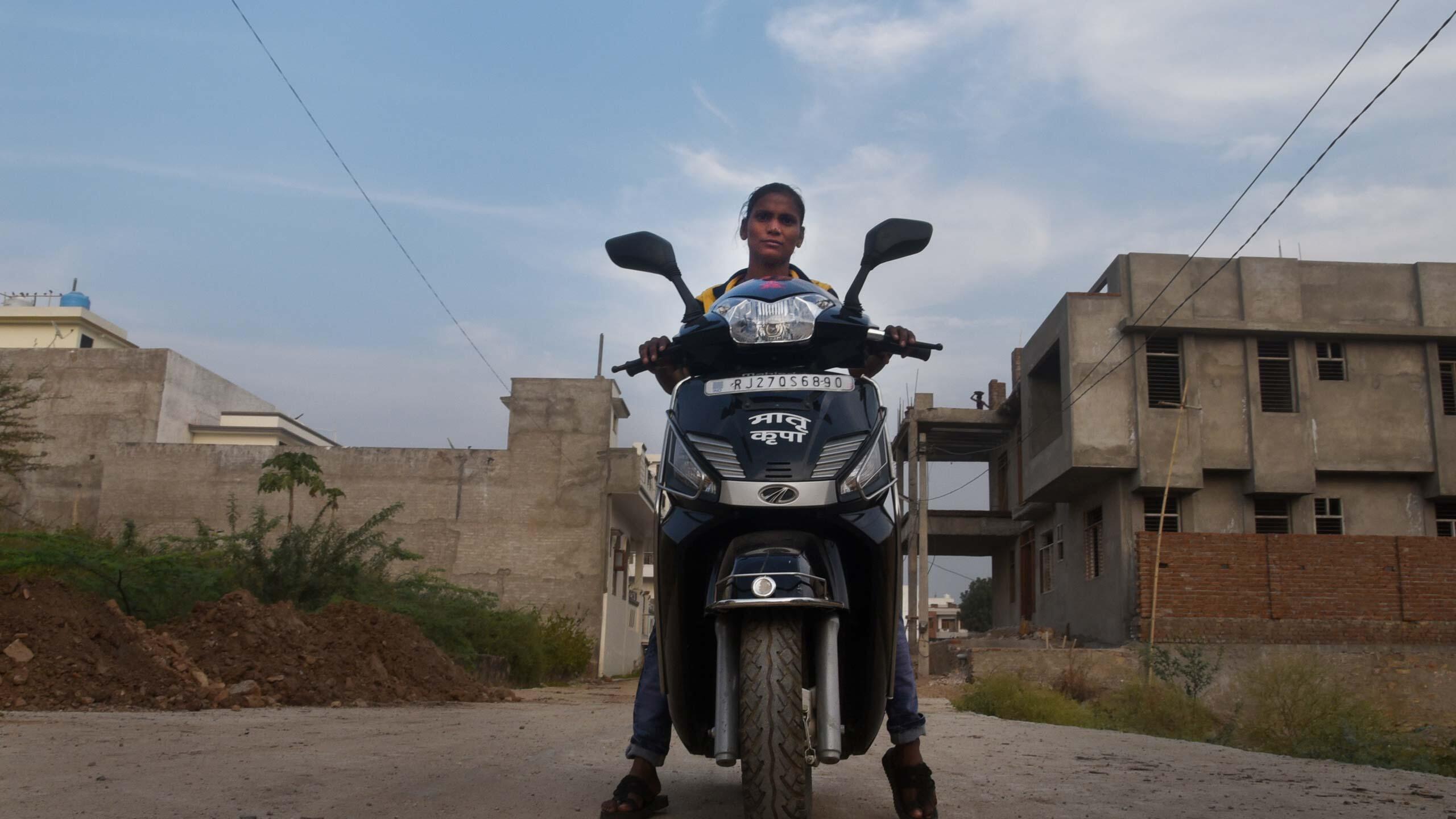
Feature link
Number
11
Sub Title
After joining a Kisori Club, Kesar realized she was in no way inferior to the village boys.
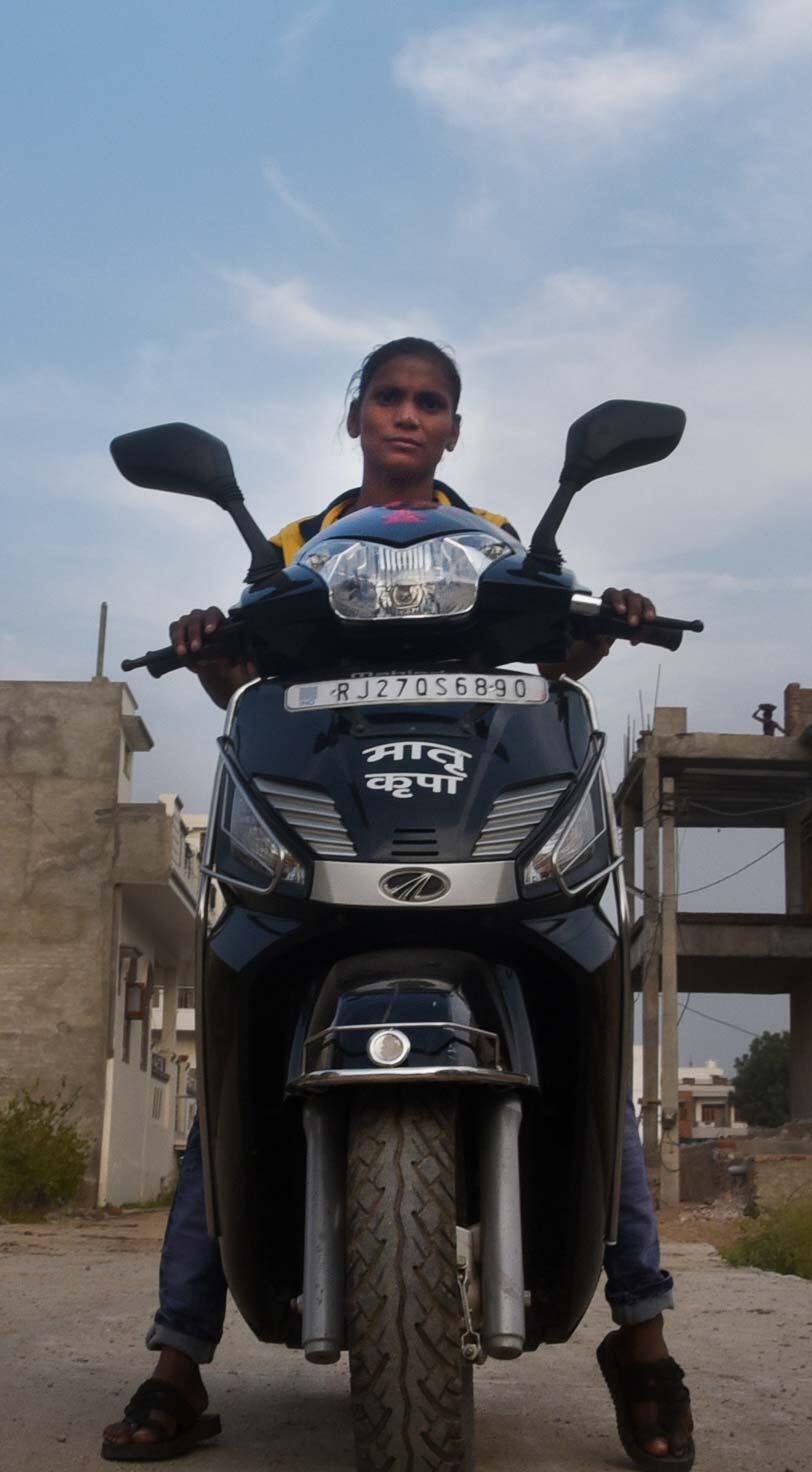
Headline
Manju
Slide text
Initially, both sides of the family resisted, but Manju stood strong. She is now in eleventh grade and plans to find a job outside her village. Best of all, her husband and in-laws are now proud and supportive of her aspirations.
Photo credit
© UNFPA India/Arvind Jodha
Text orientation
Left
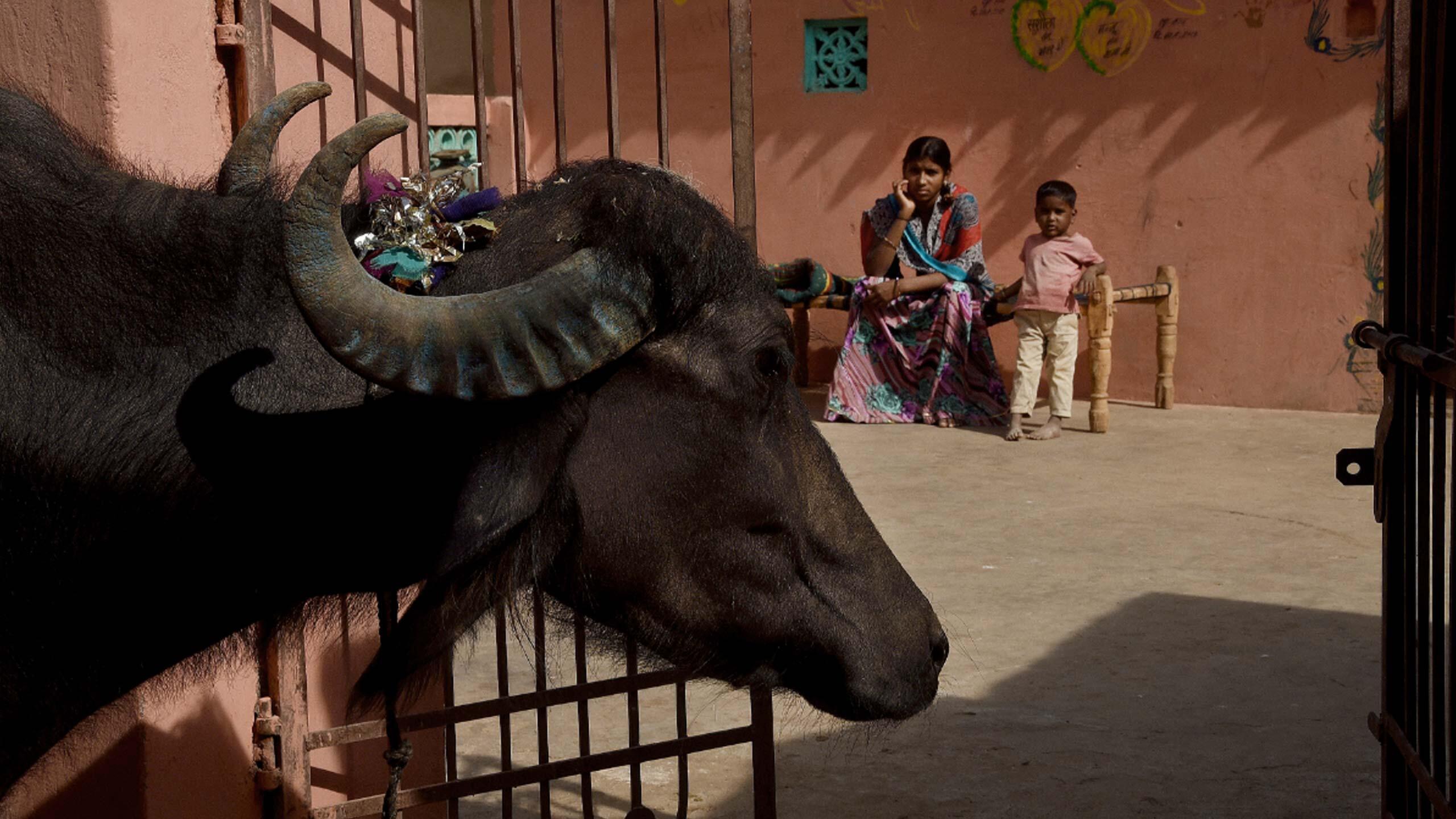
Feature link
Number
12
Sub Title
Like many in her village, Manju was a child bride. But after attending a Kishori meeting, she returned home and insisted on completing her education.
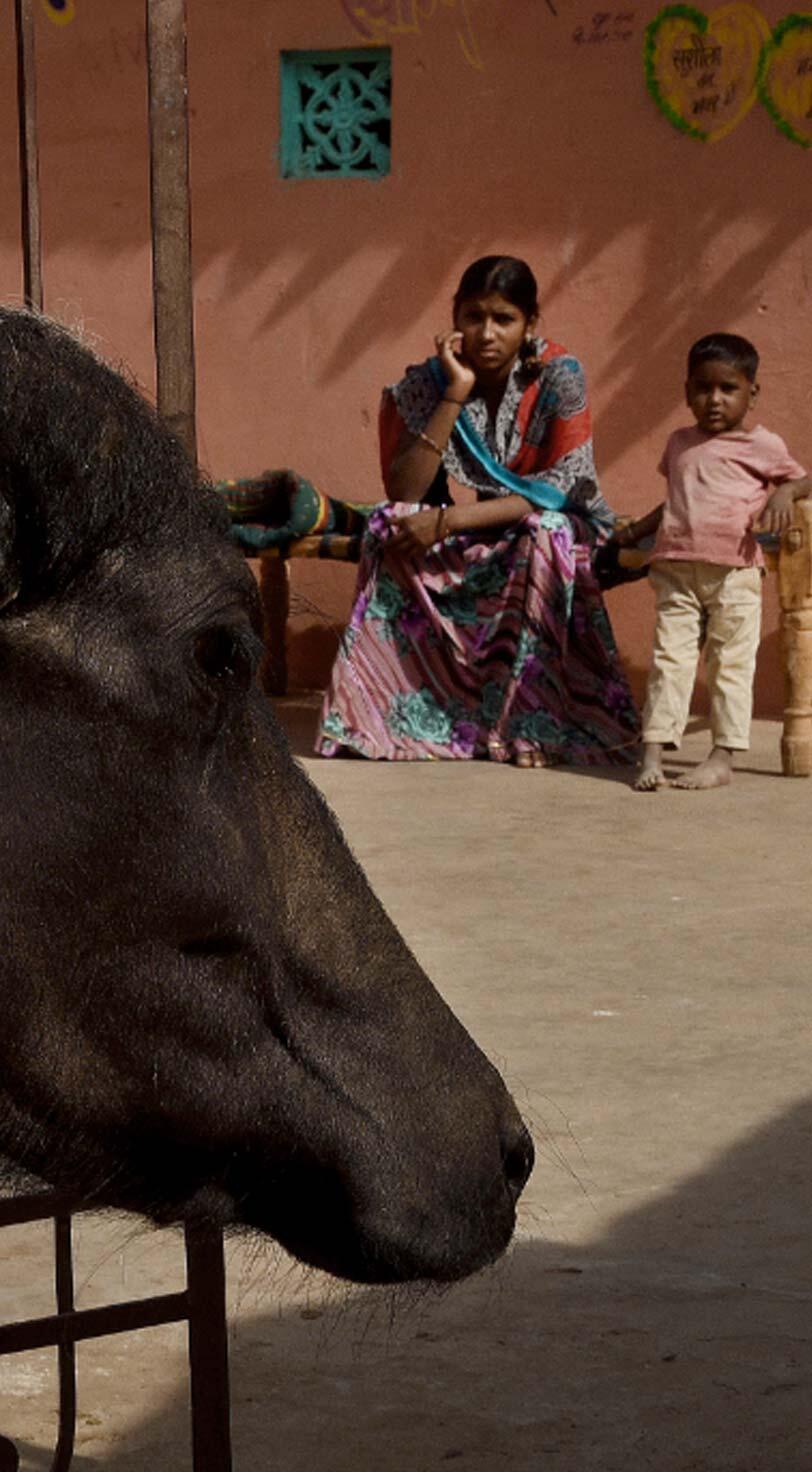
Headline
Kalyani
Slide text
Now girls from throughout her village – and surrounding ones – site her as a role model and inspiration.
Photo credit
© UNFPA India/Arvind Jodha
Text orientation
Right
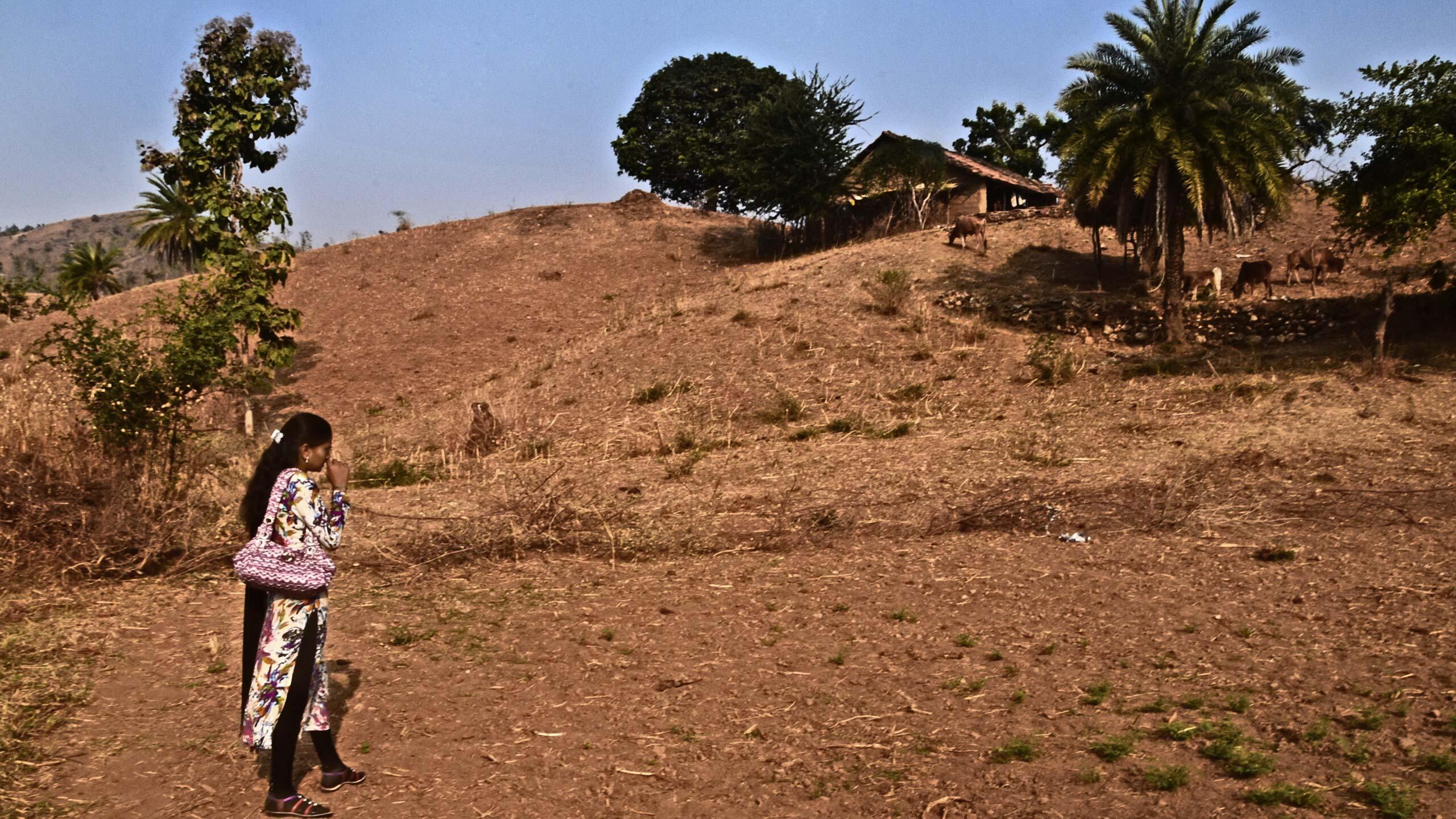
Feature link
Number
13
Sub Title
Not long ago, Kalyani attended her first Kishori Club meeting. A natural leader, she was quickly made a Sakhi-Saheli, or peer educator.
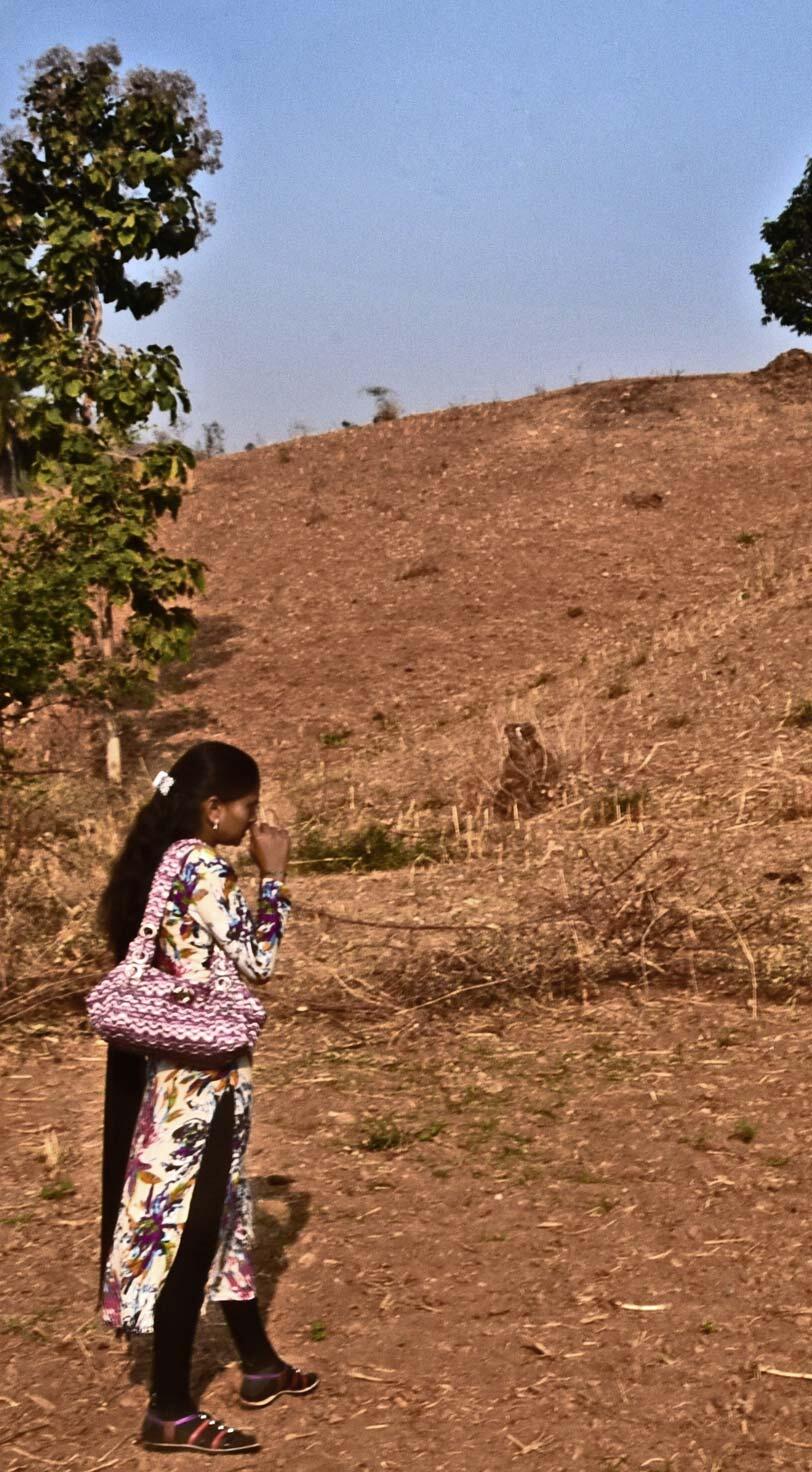
Headline
Shanti
Slide text
In fact, she tends to stop along her way to try to convince other girls to come with her.
Photo credit
© UNFPA India/Arvind Jodha
Text orientation
Left
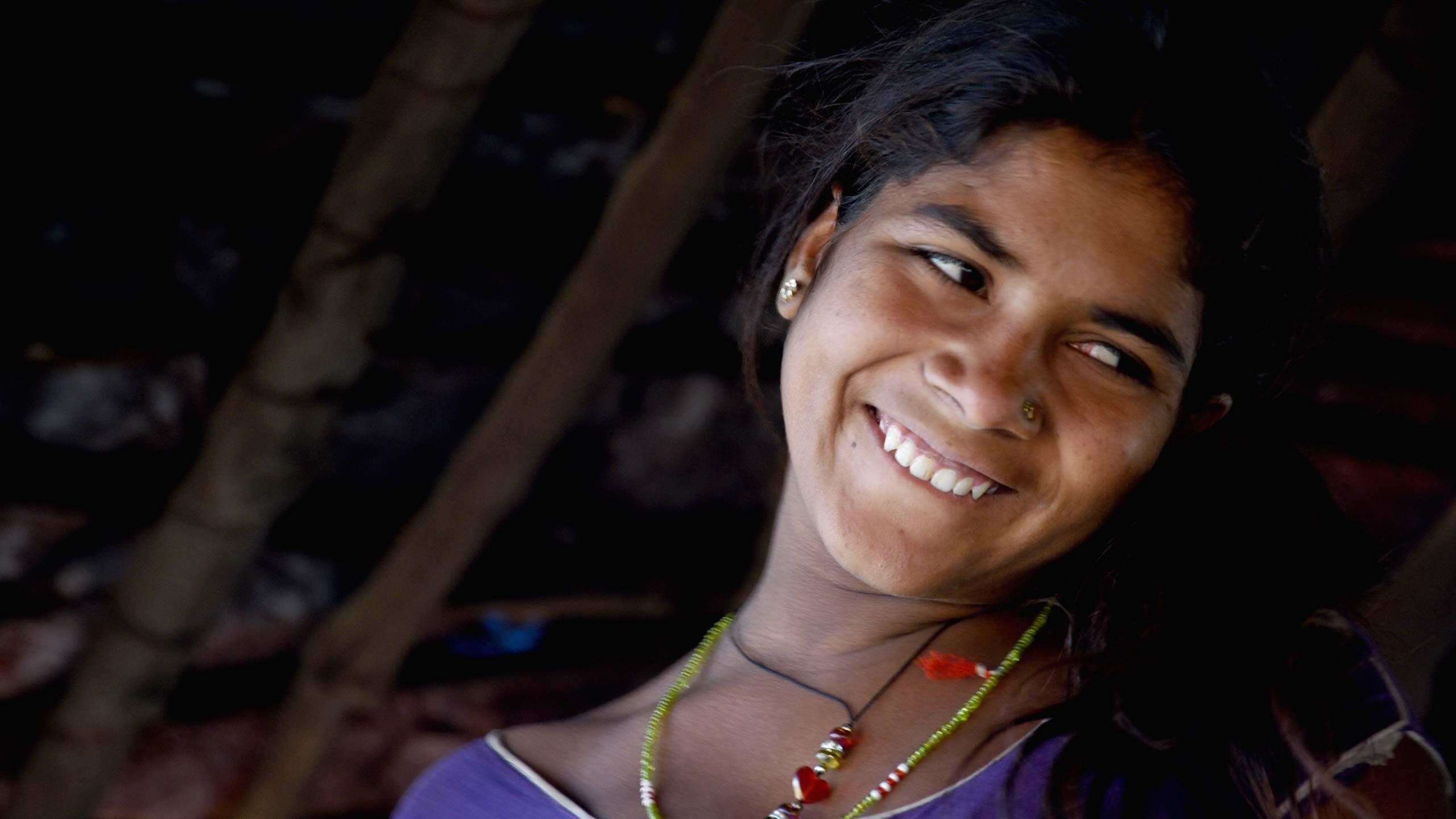
Feature link
Number
14
Sub Title
Shanti has to walk 10 kilometres each was to get to the closest Kishori Club – through jungle, across hillocks and past several villages. But she doesn’t mind.
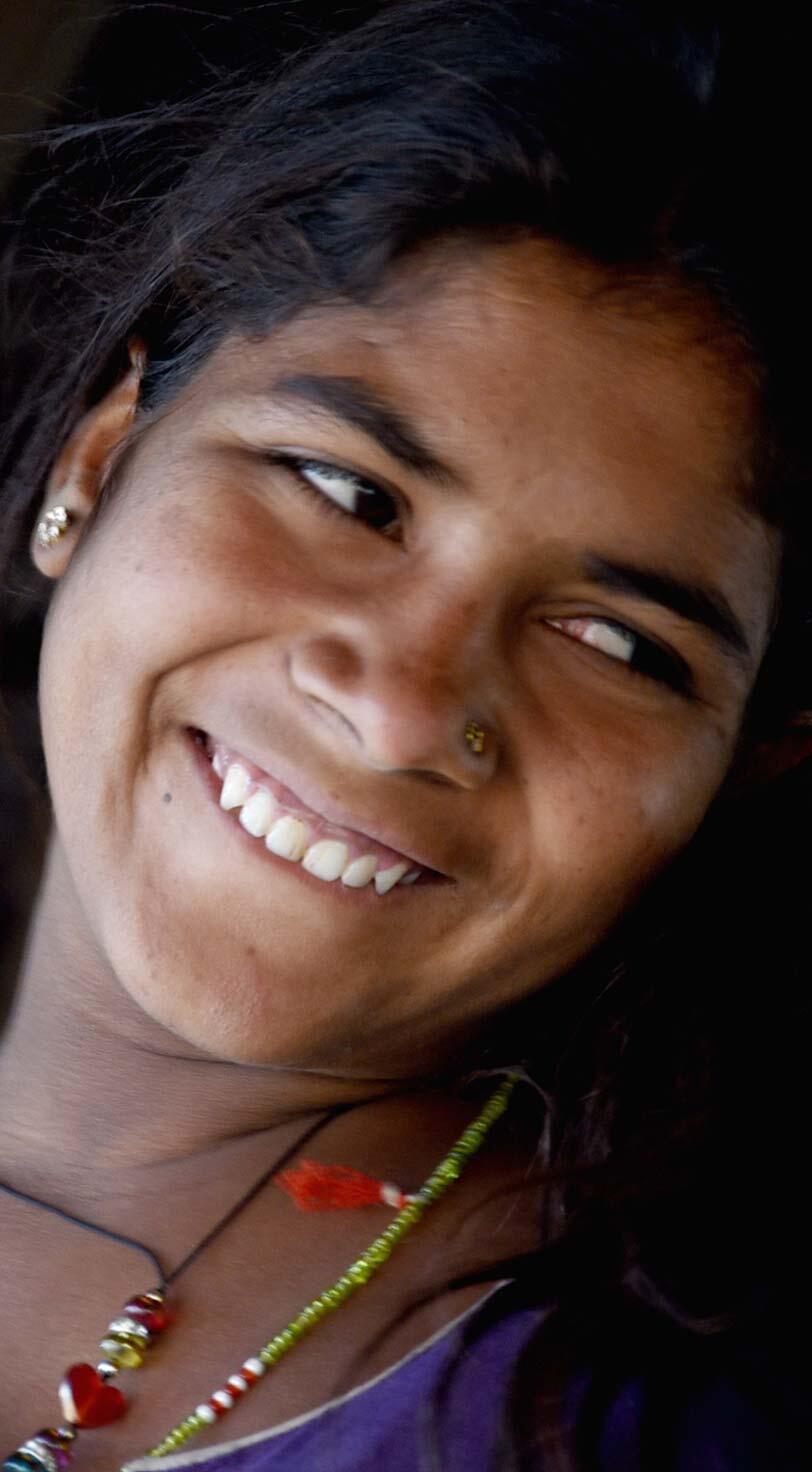
Headline
Trekking to Kishori Club
Slide text
Mothers have started encouraging their daughters to attend. And in these remote hamlets, deep-seeded gender stereotypes are being questioned.
Photo credit
© UNFPA India/Arvind Jodha
Text orientation
Right
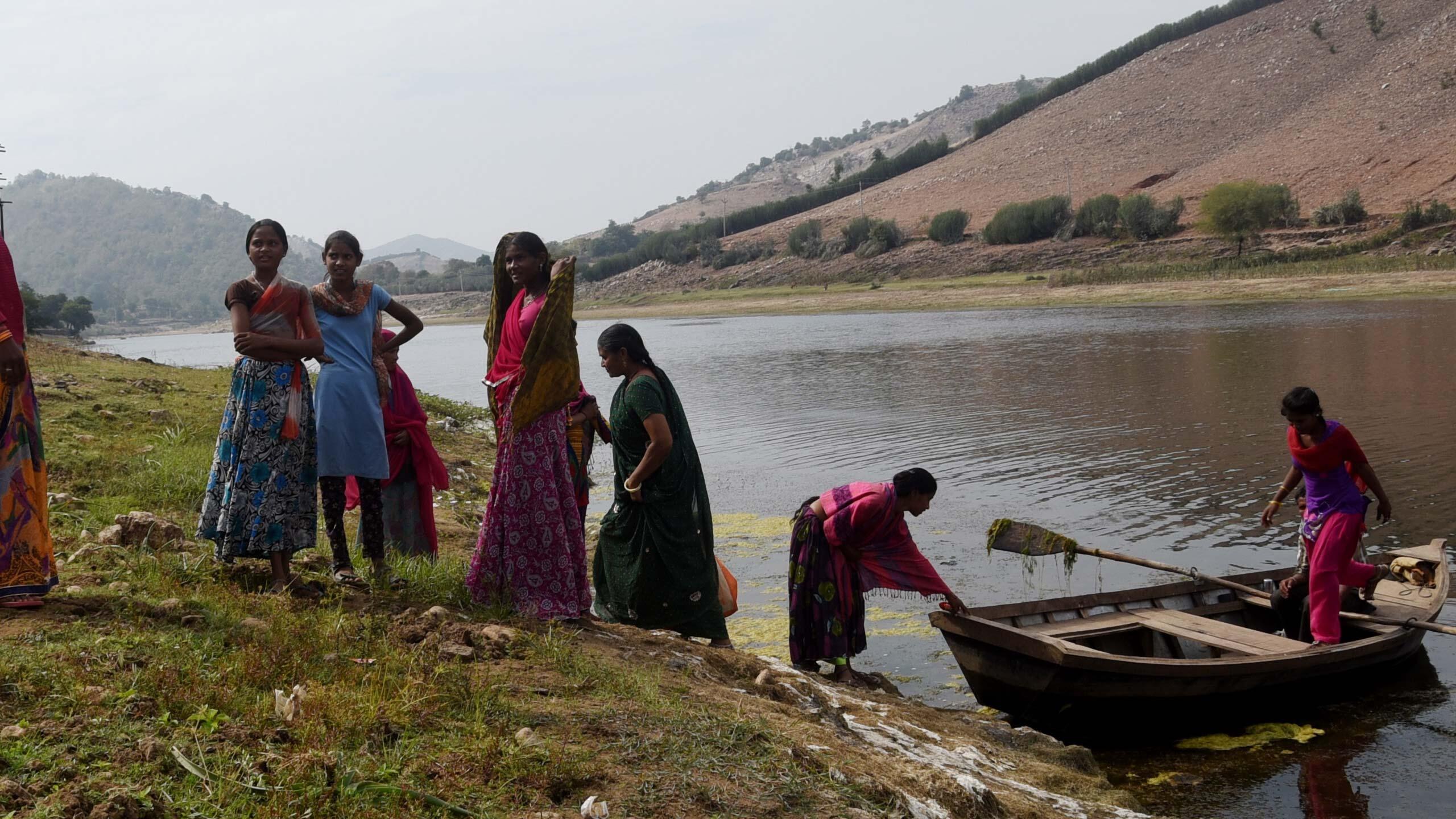
Feature link
Number
15
Sub Title
Like Shanti, girls across Udaipur district’s tribal areas are navigating the jungle, crossing rivers, travelling in crammed jeeps and walking for hours to attend Kishori meetings. And their numbers keep growing.
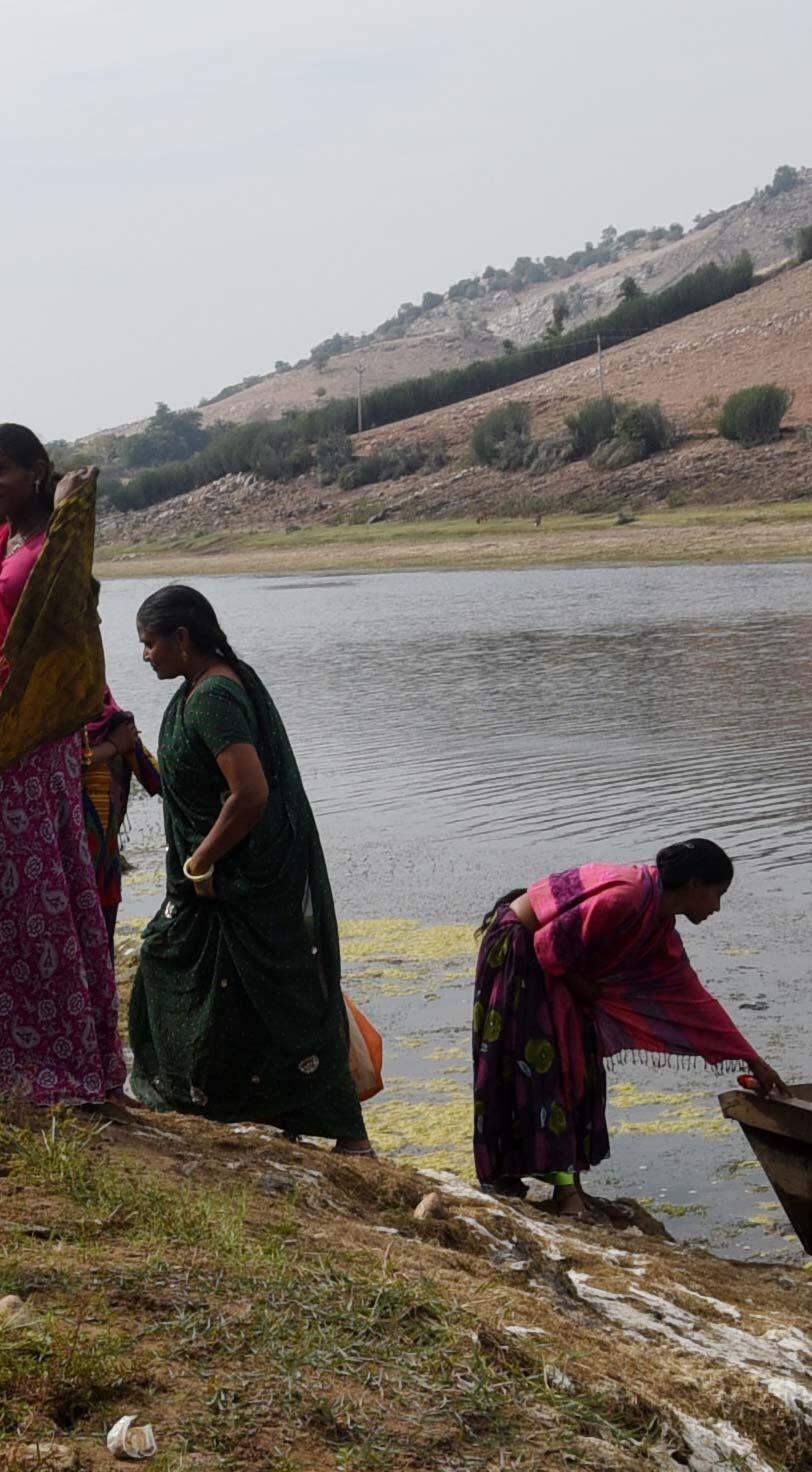
Headline
Aag means ‘fire’ in Hindi.
Photo credit
© UNFPA India/Arvind Jodha
Text orientation
Right
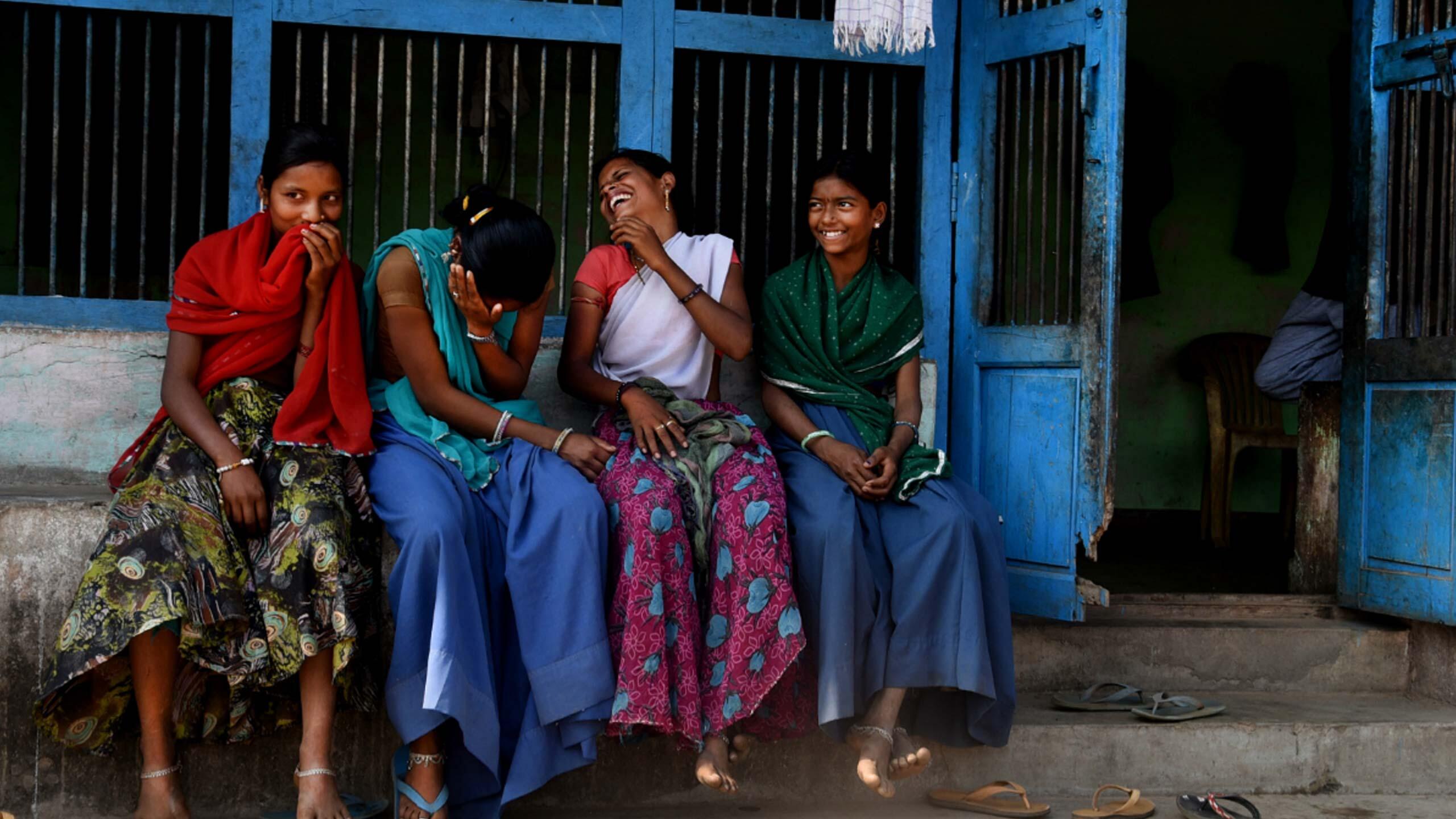
Feature link
Number
16
Sub Title
And it seems like an apt coincidence to many in the region – who think that, thanks to AAG and the Kishori Clubs, a social movement is indeed ablaze.
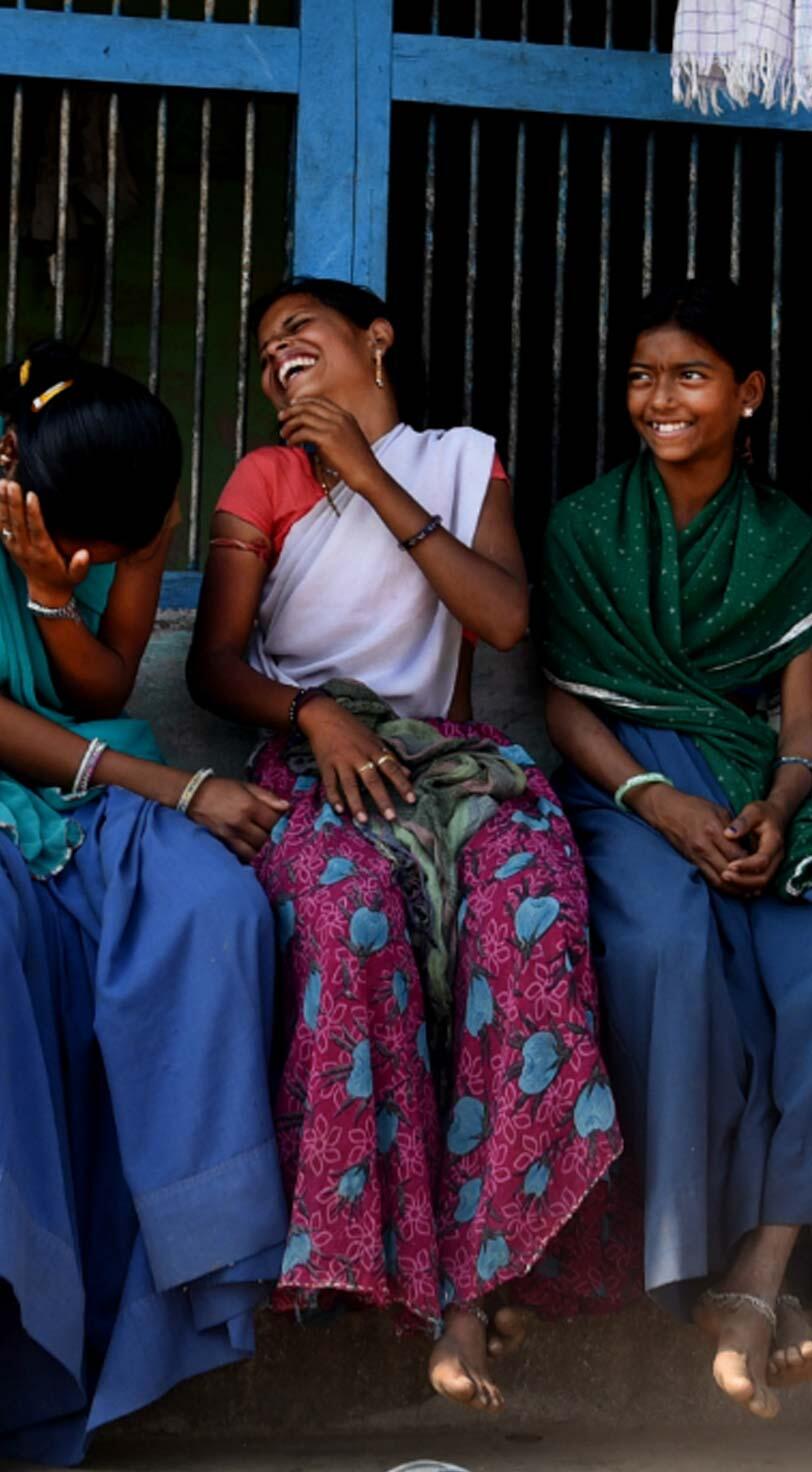
Show feature
No
Related tags
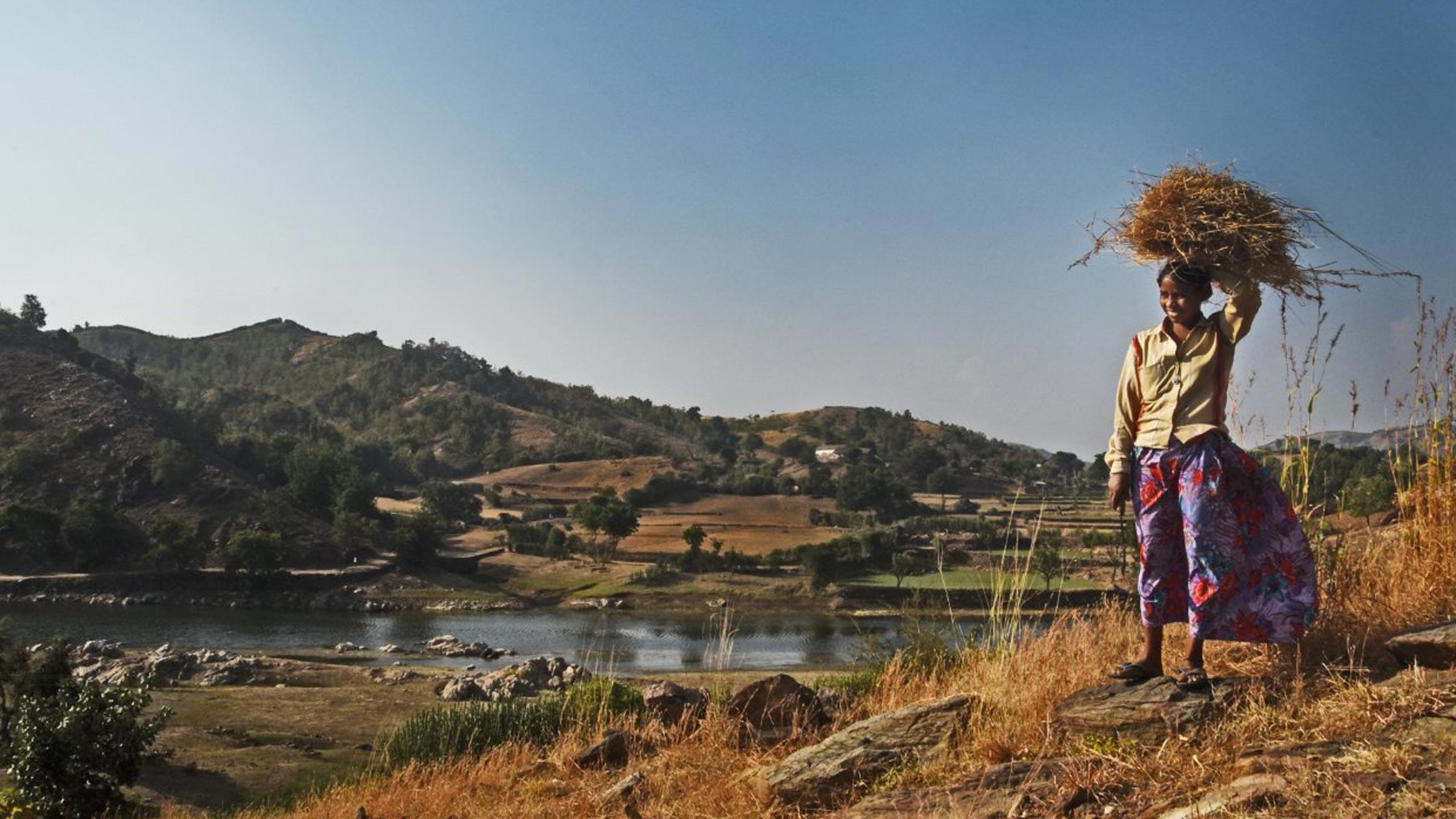
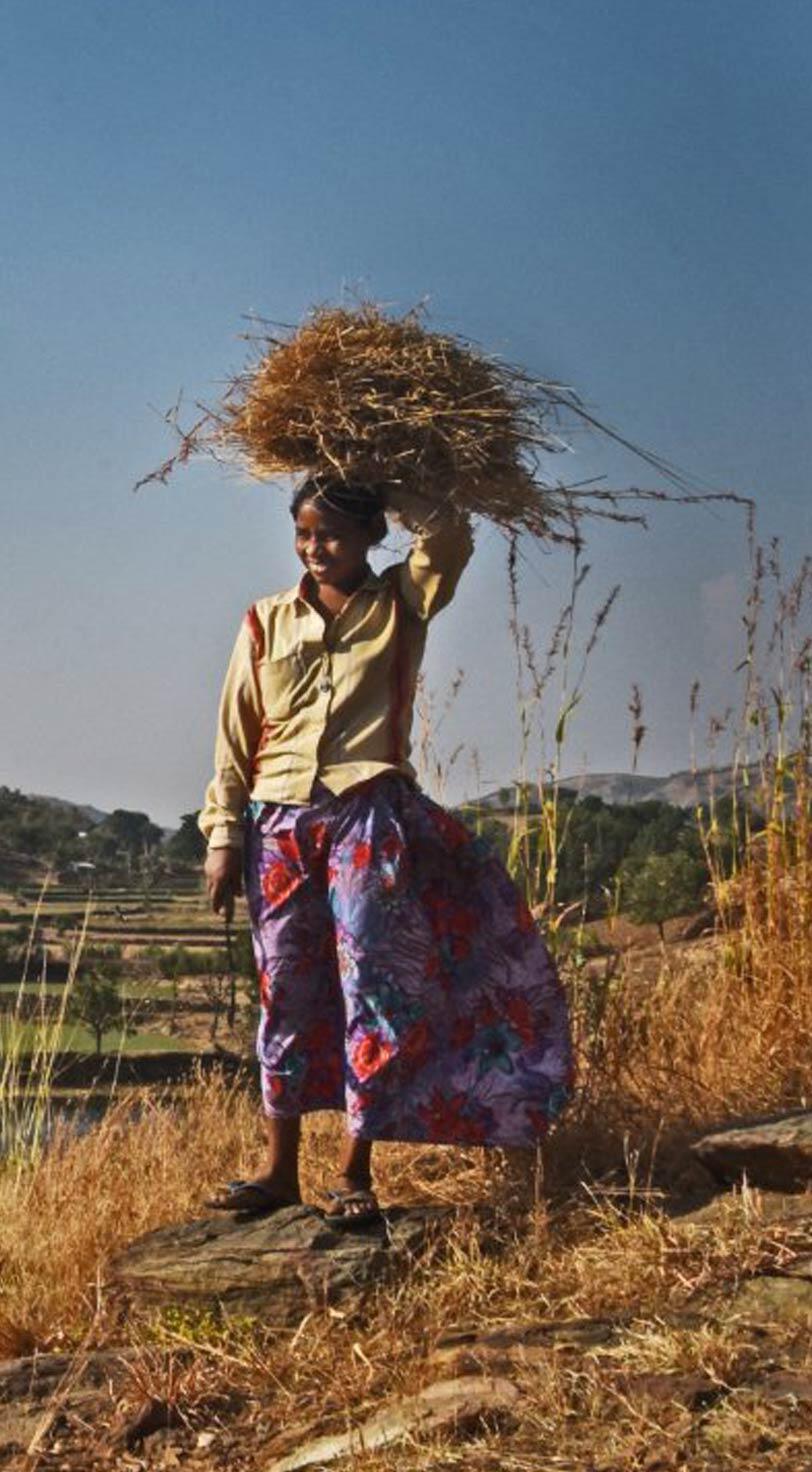
Feature banner image
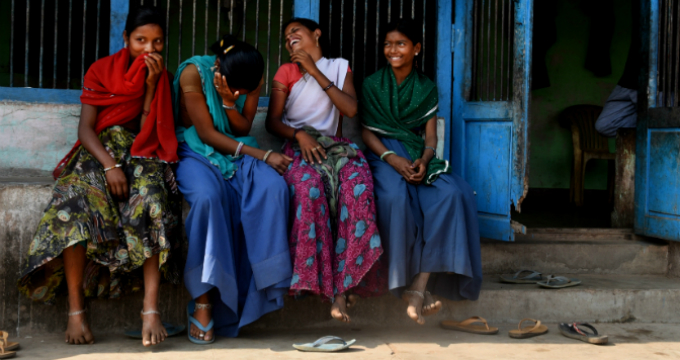
Workflow State
Published